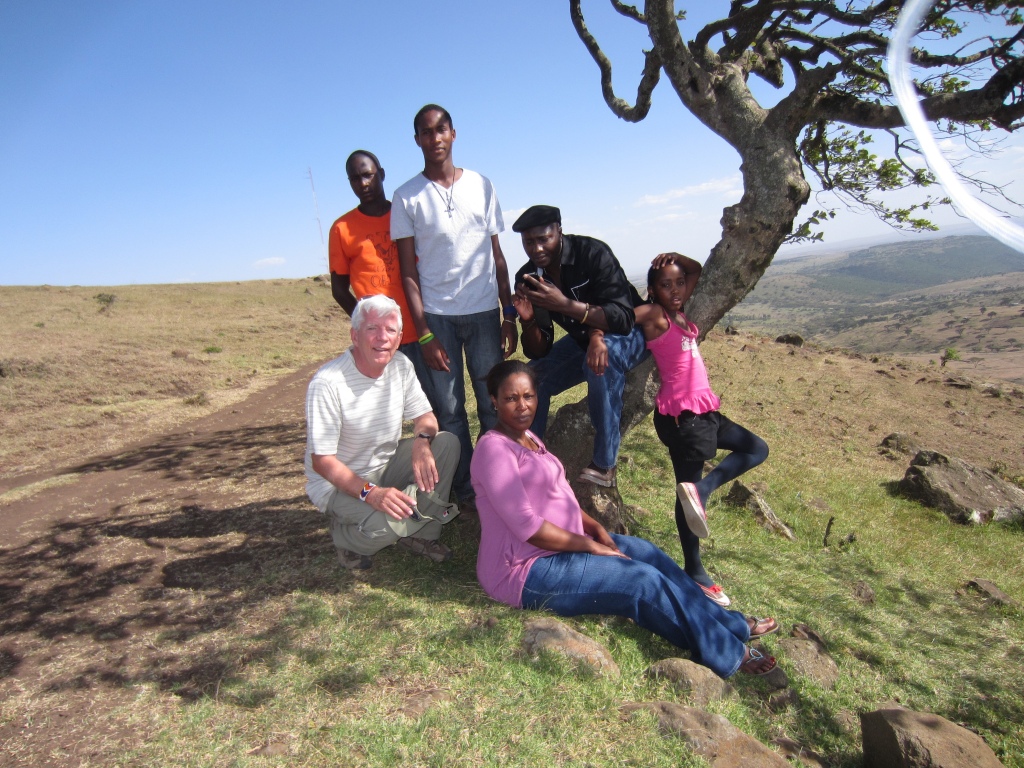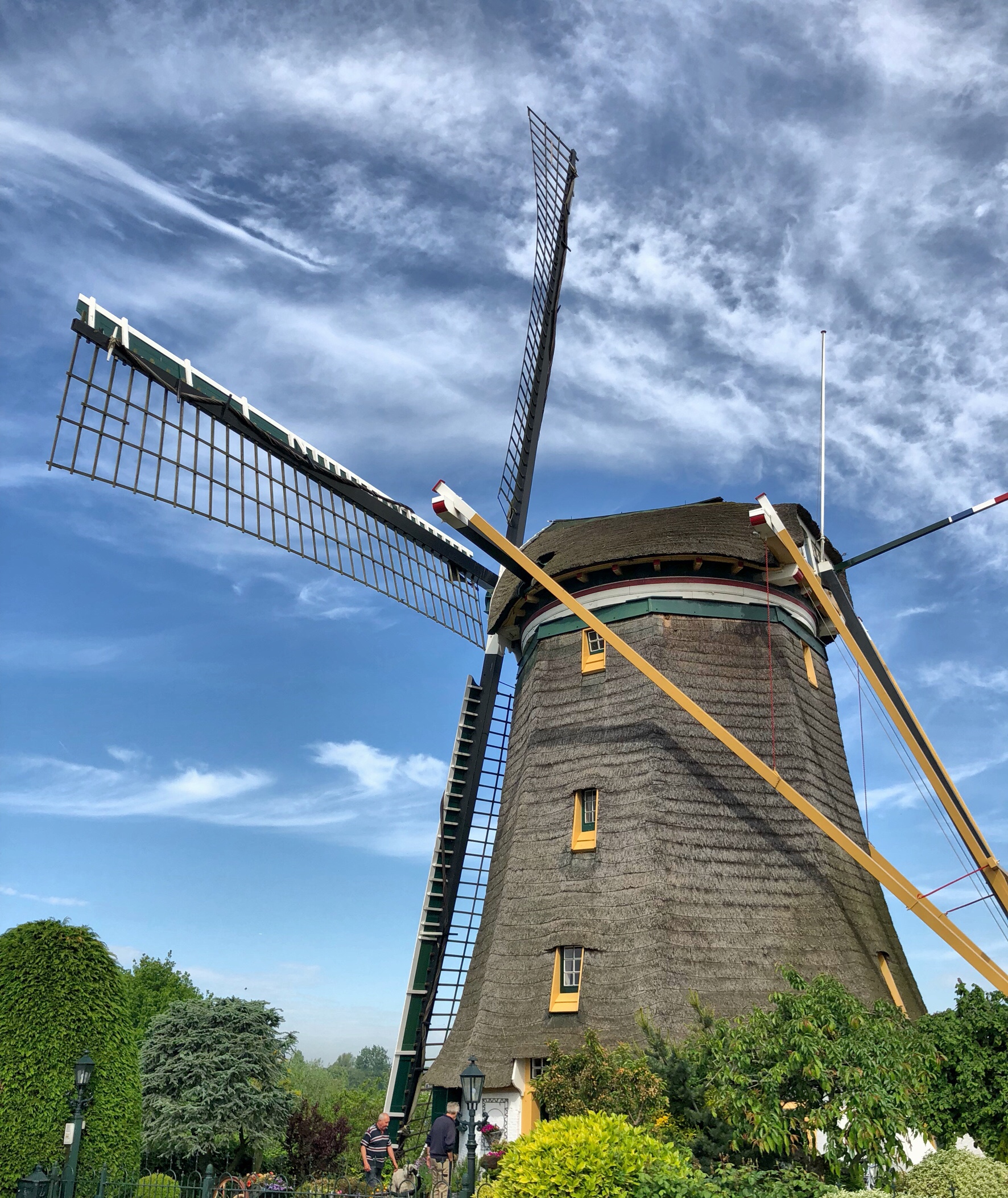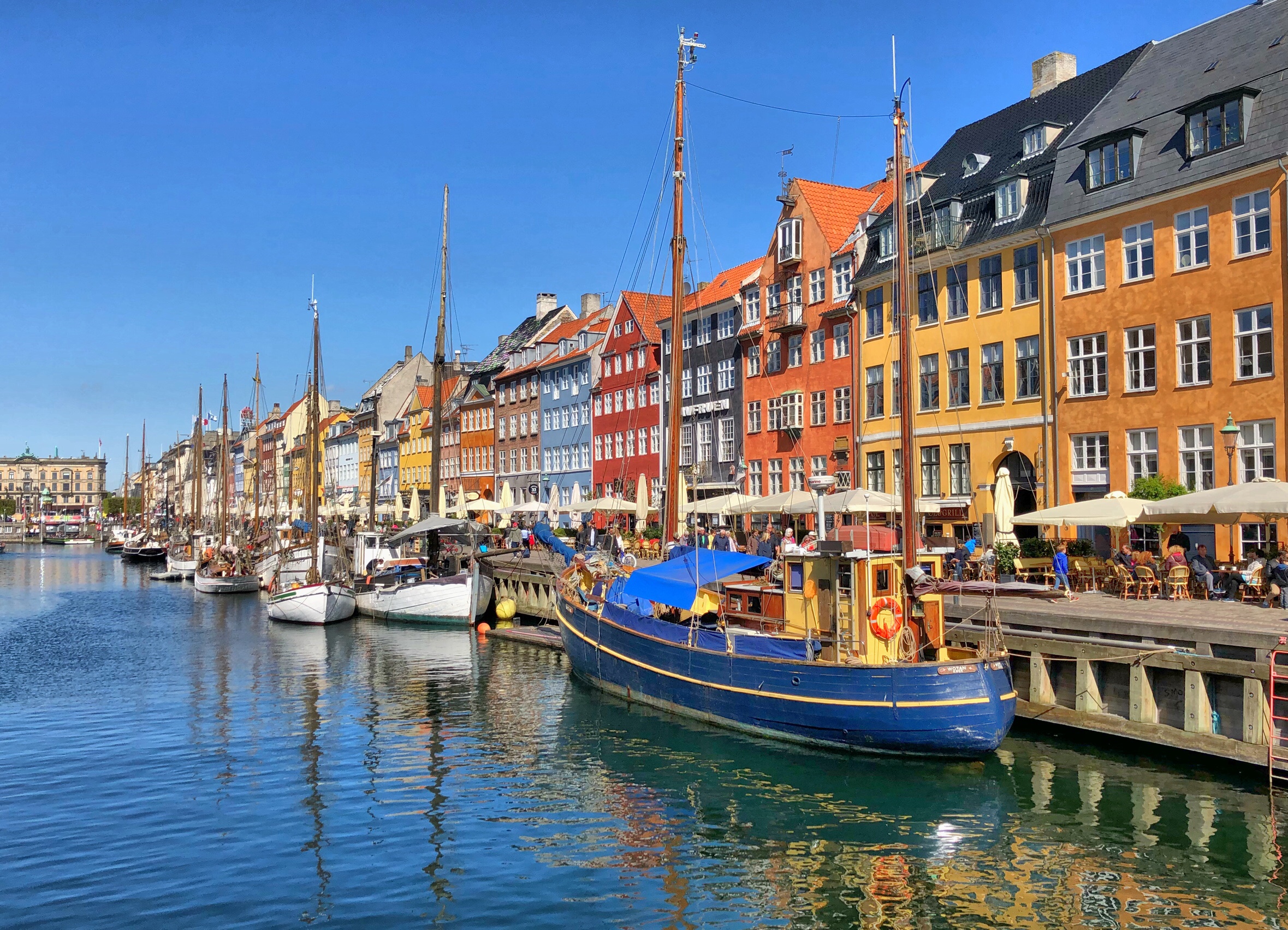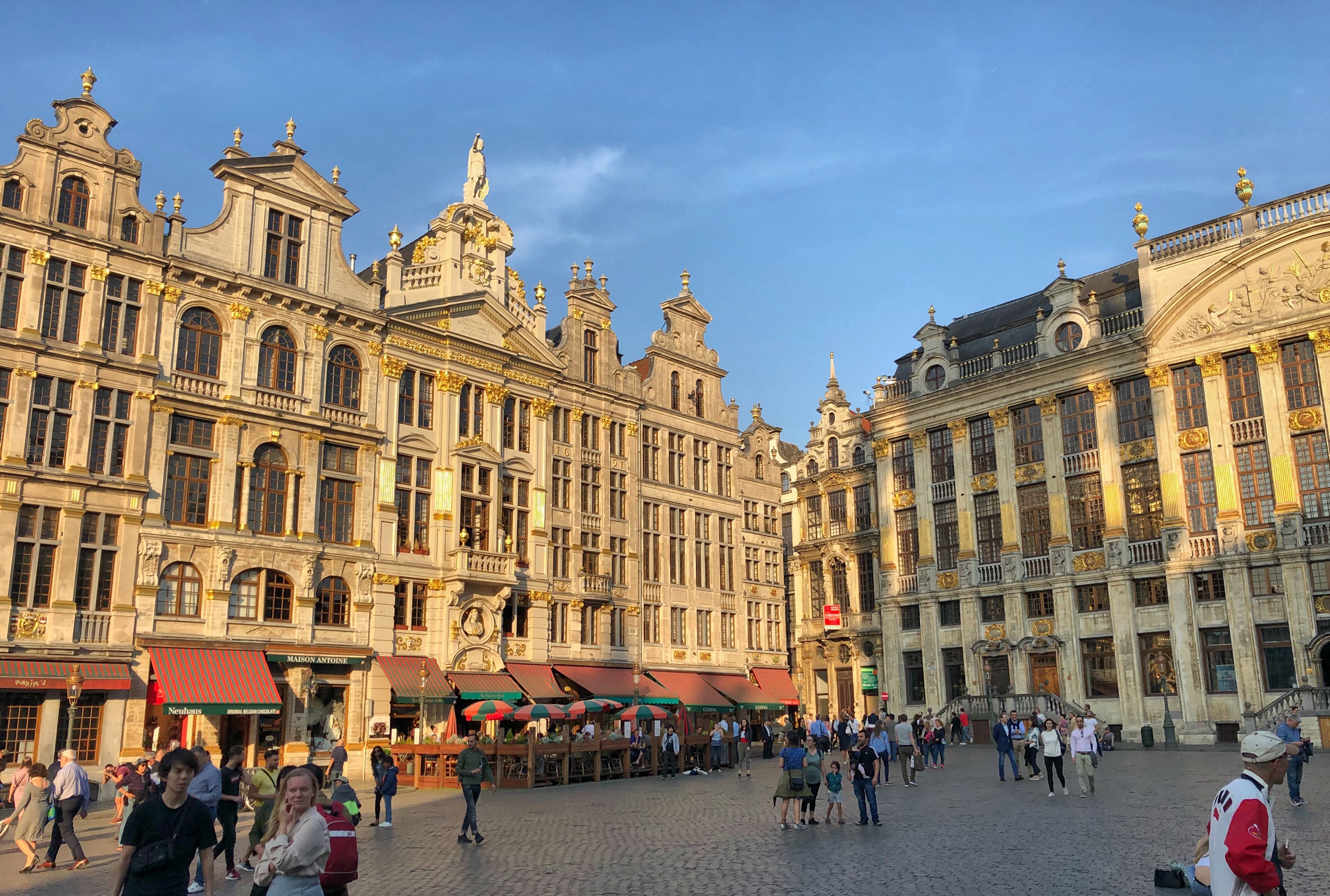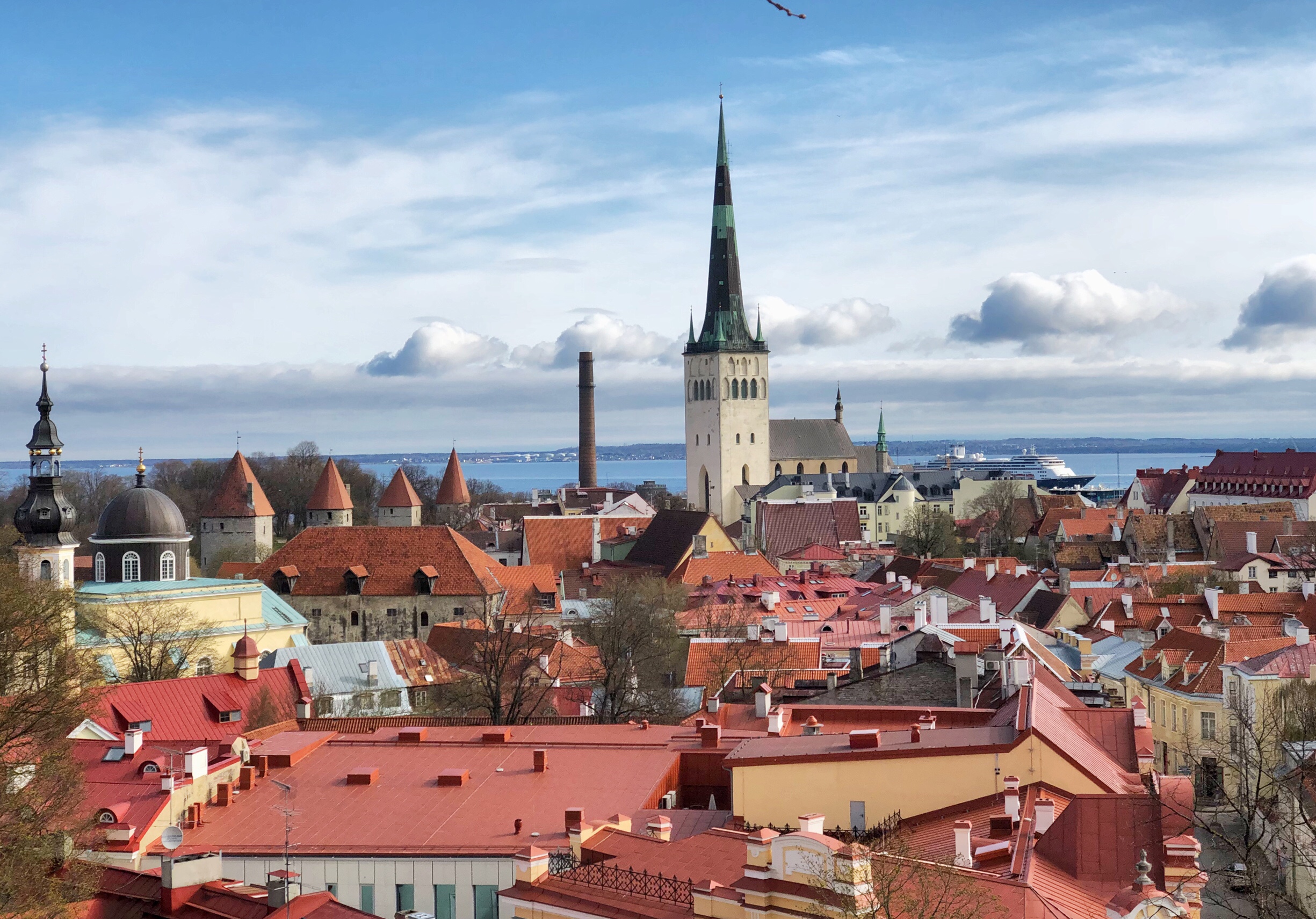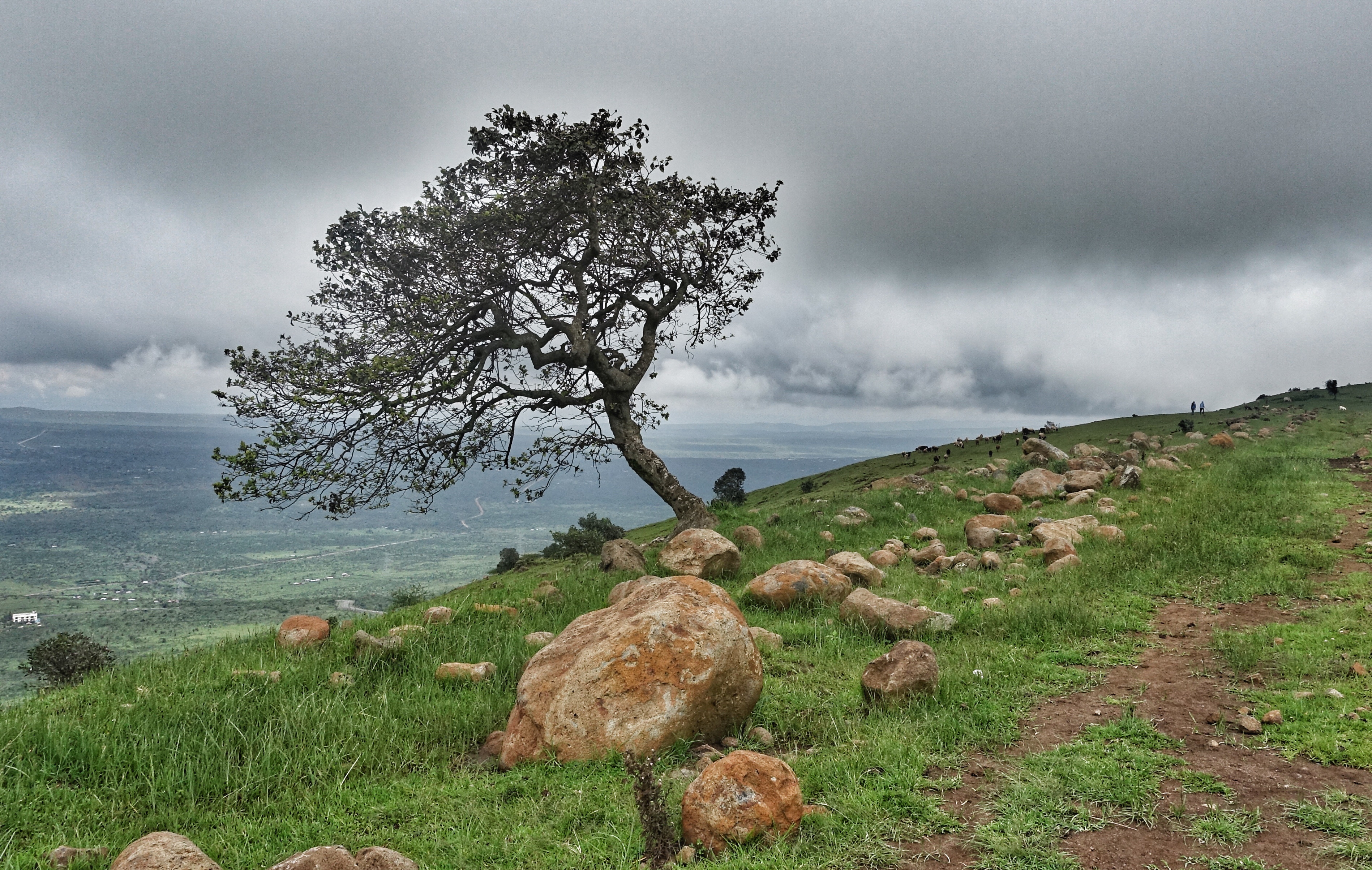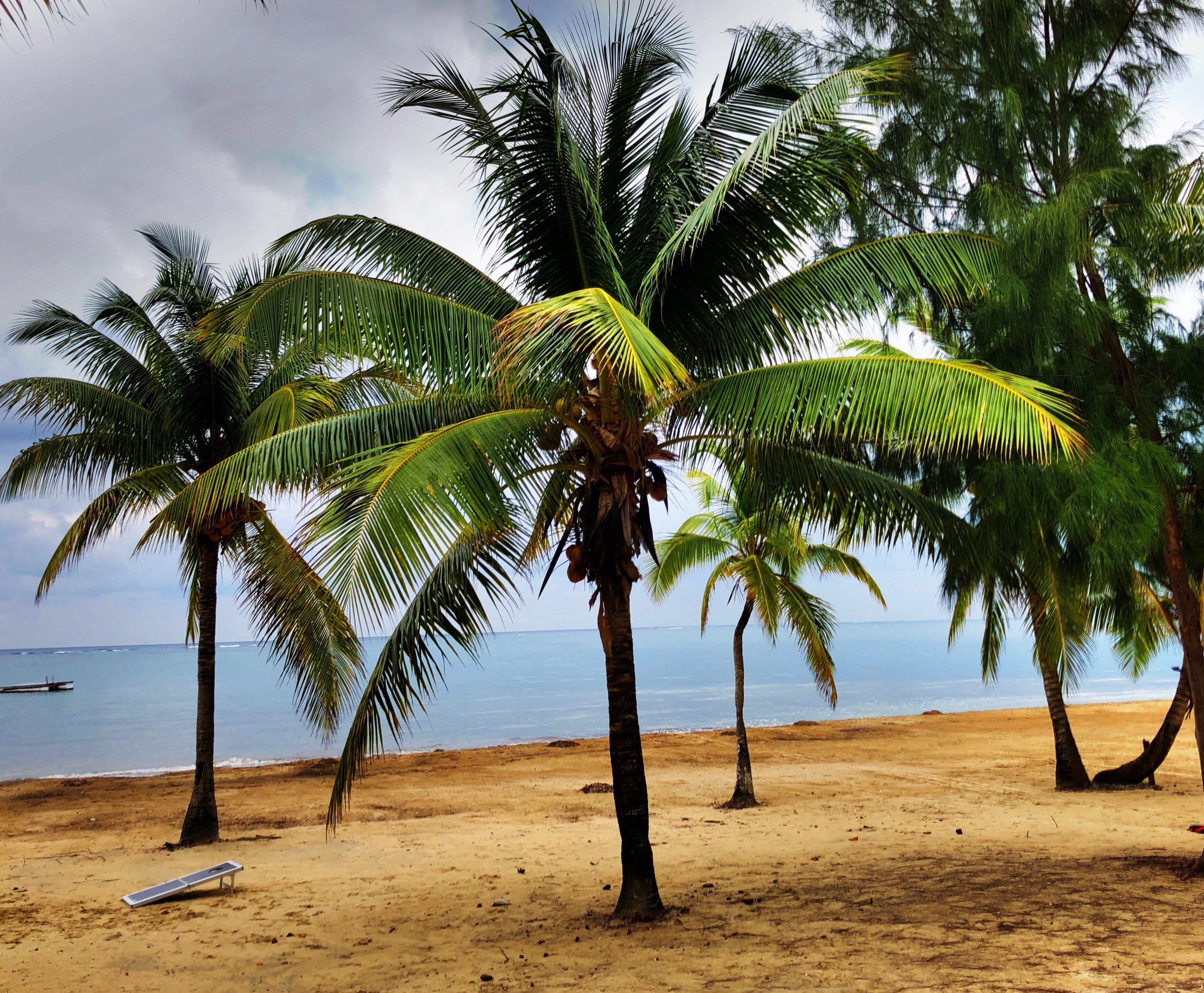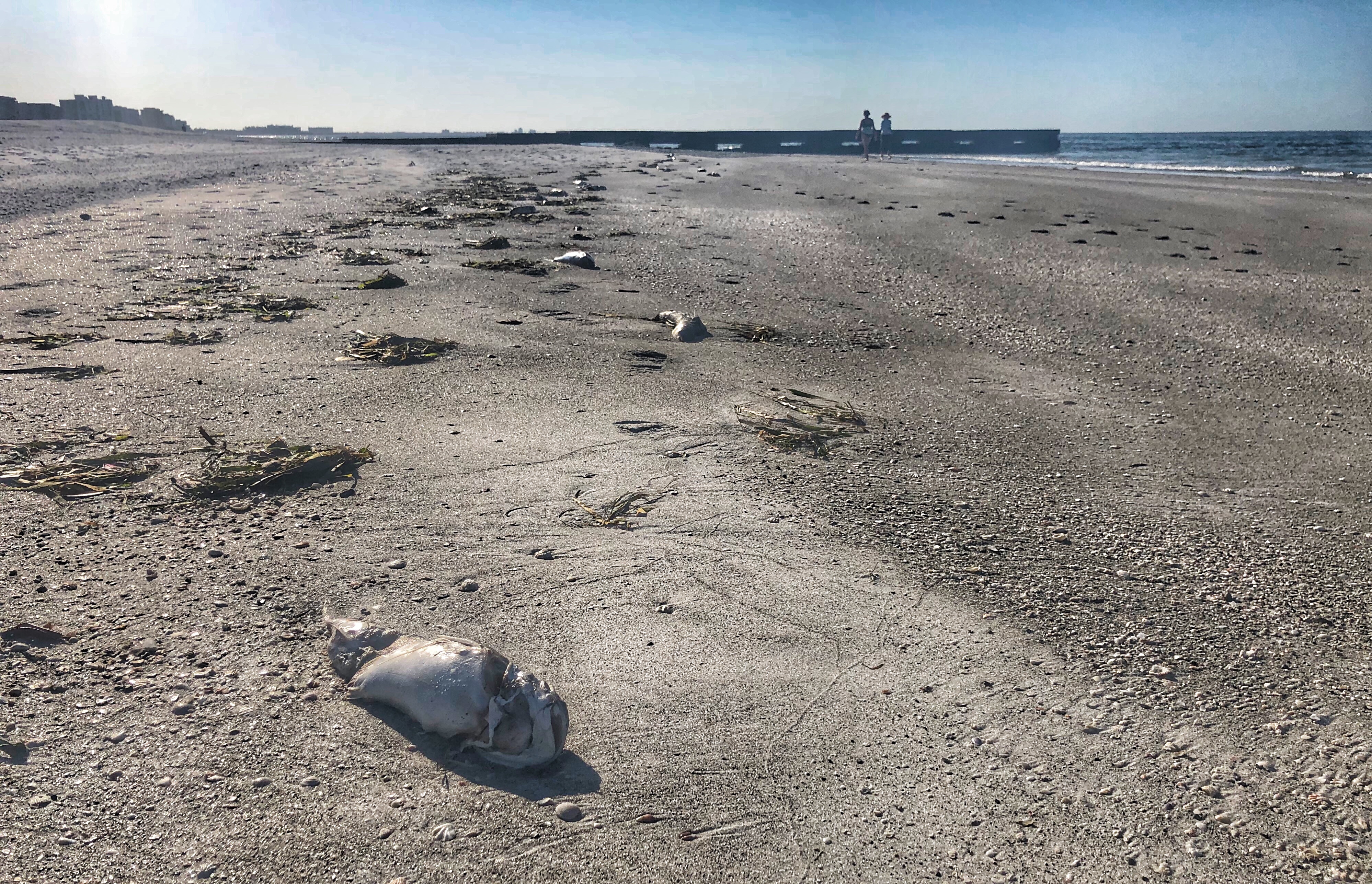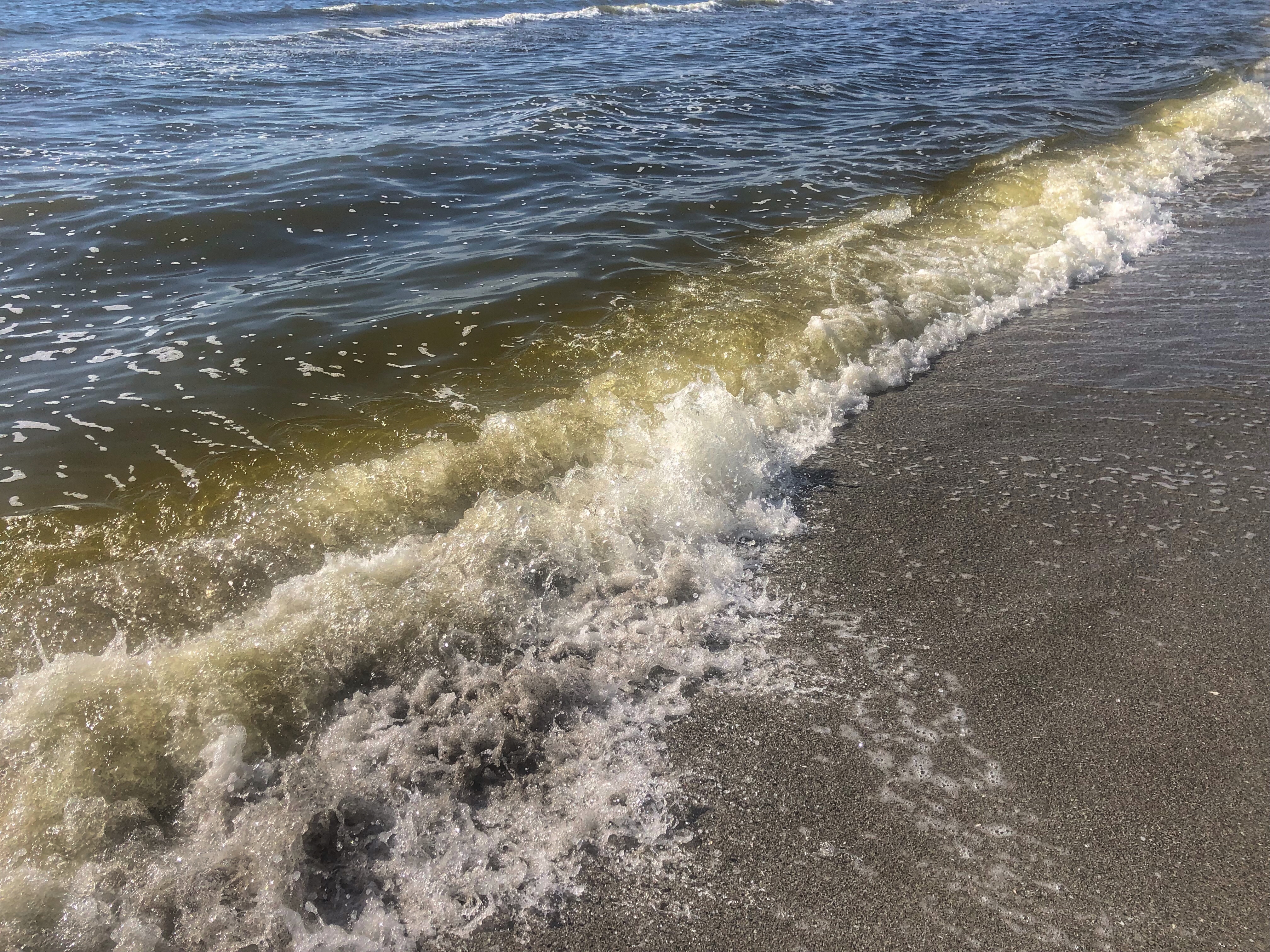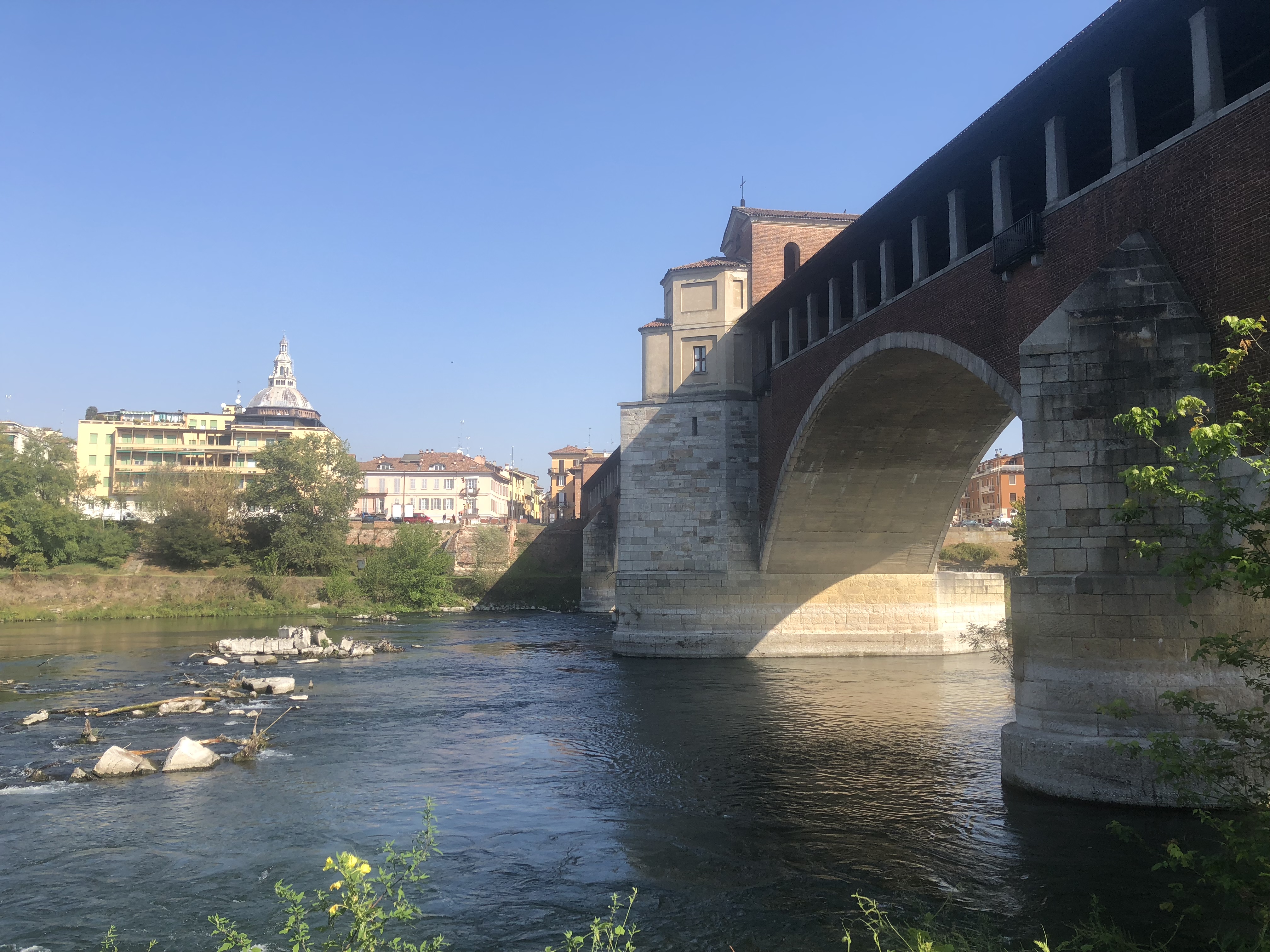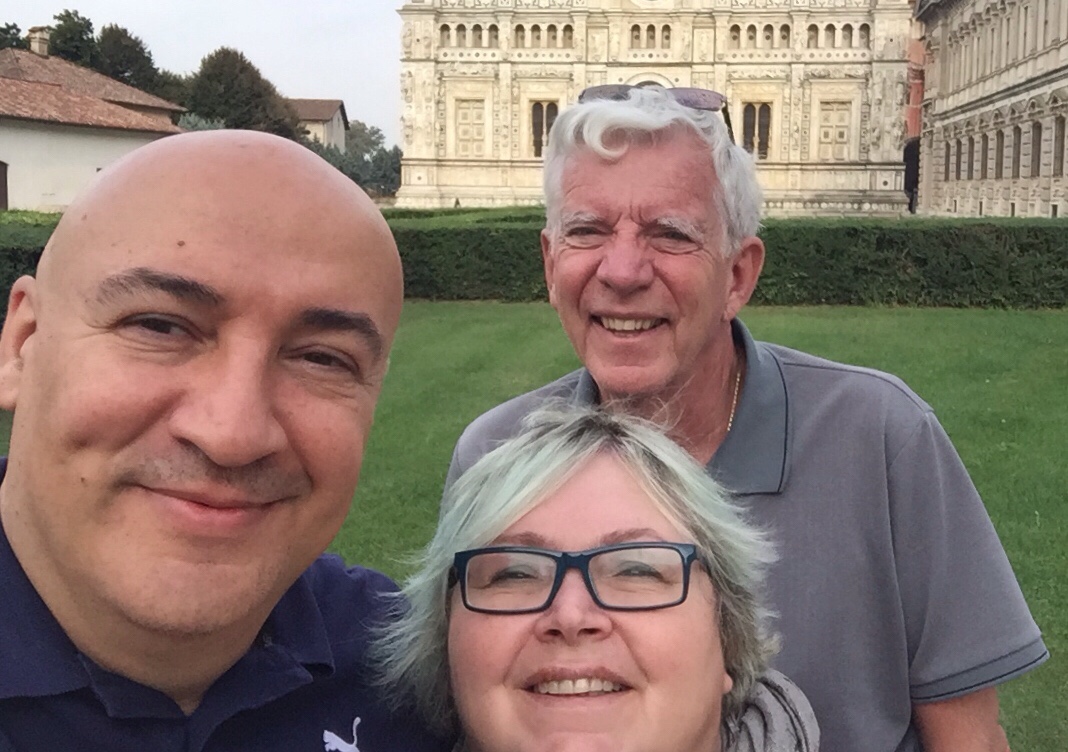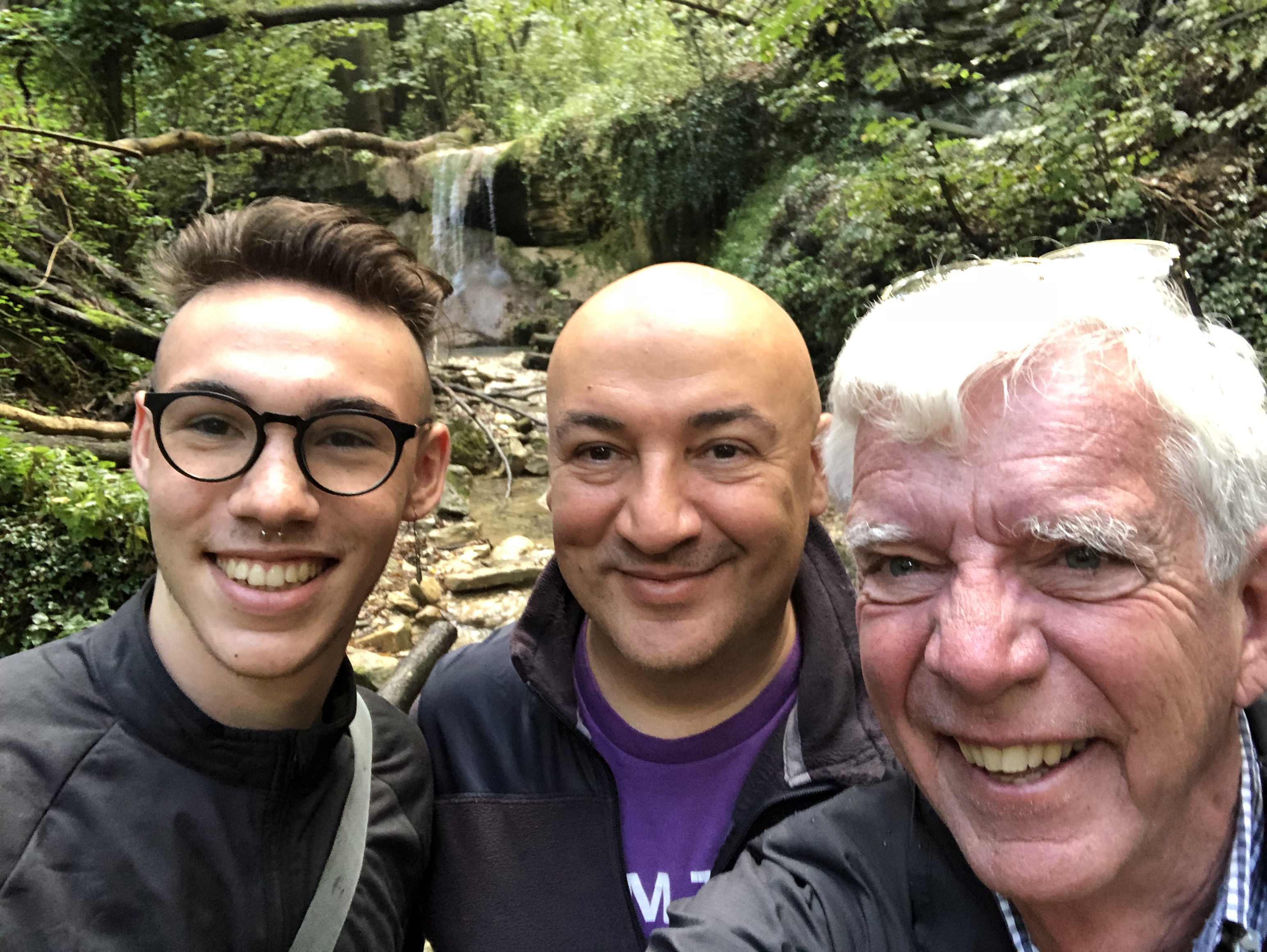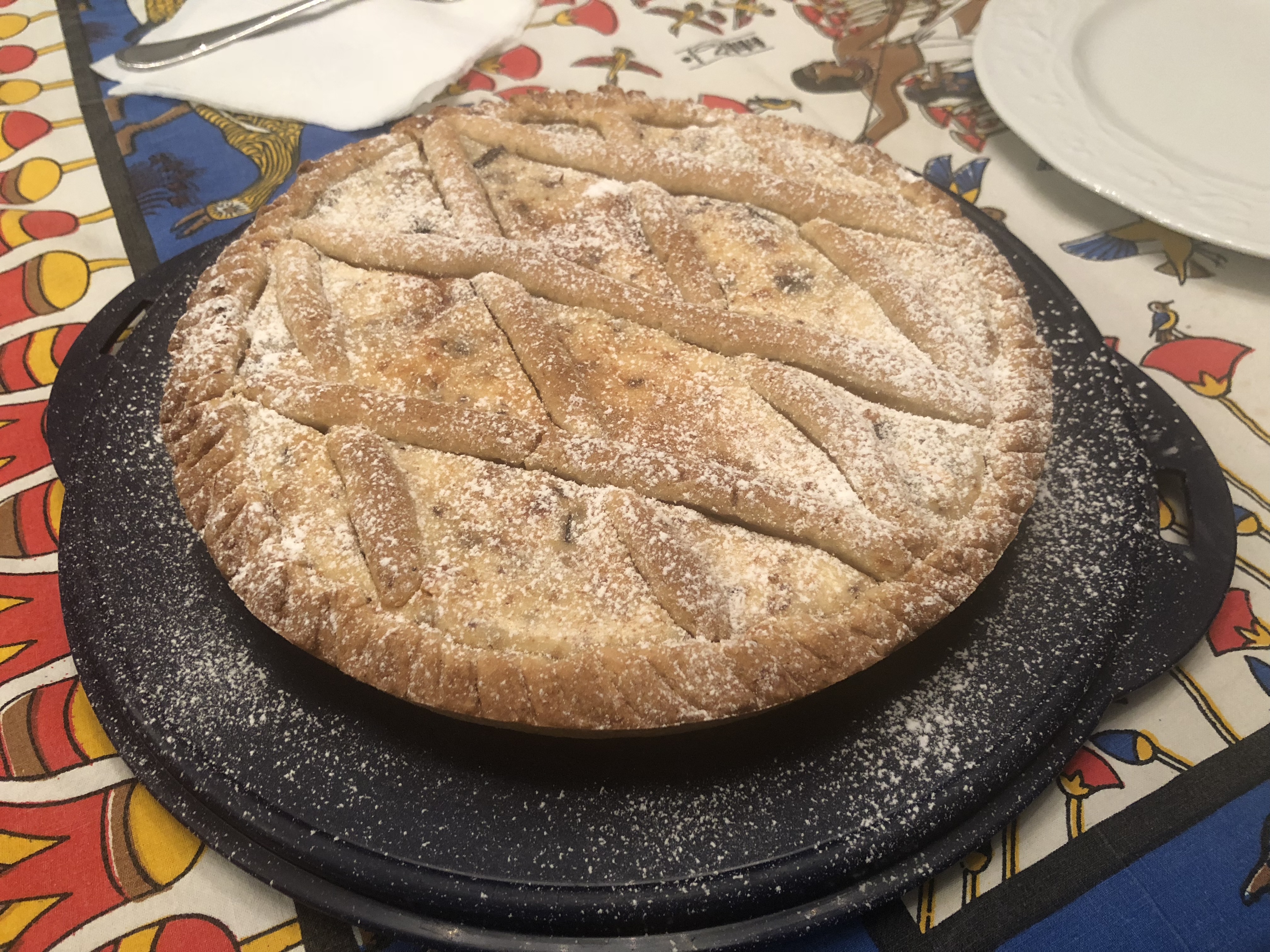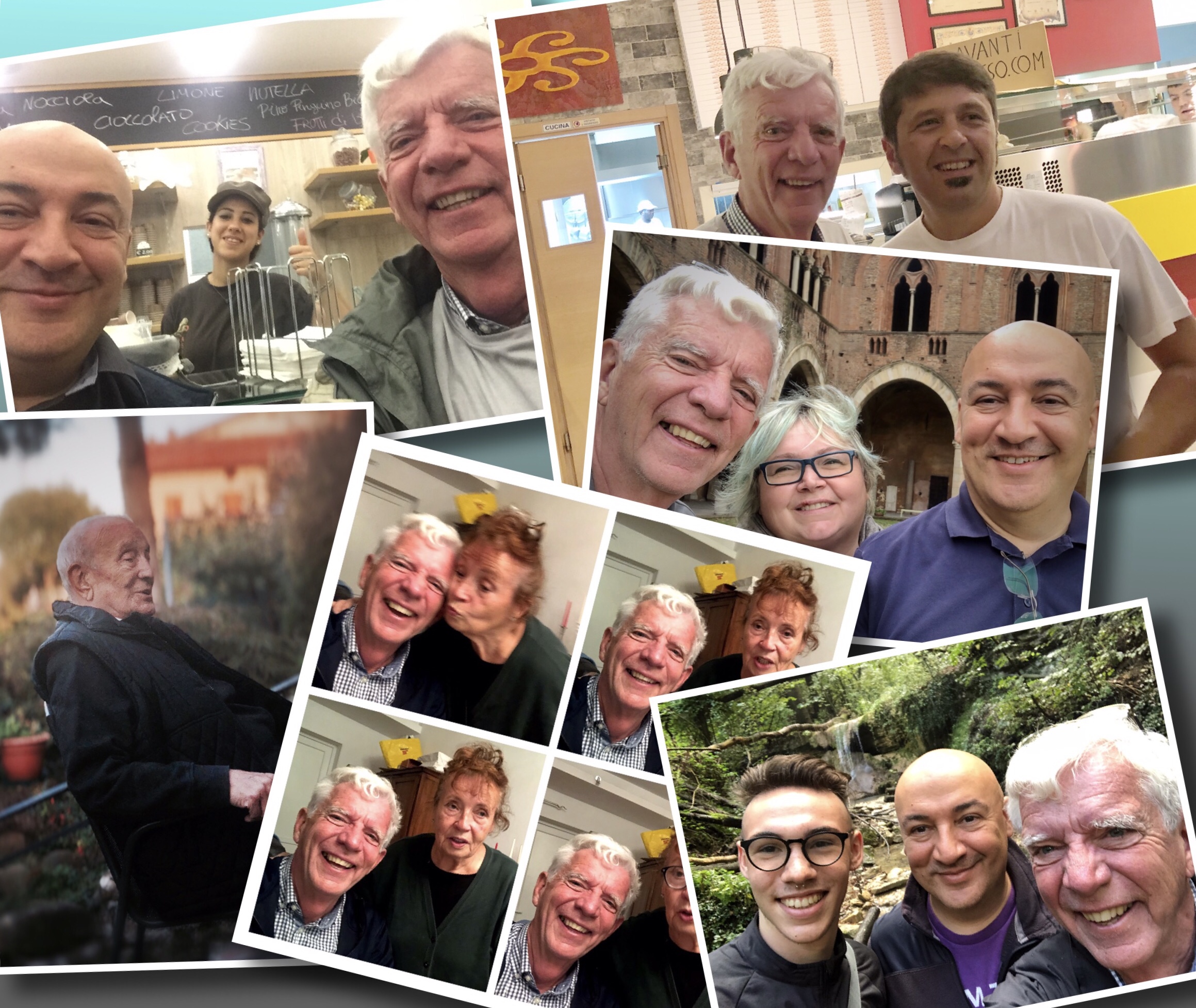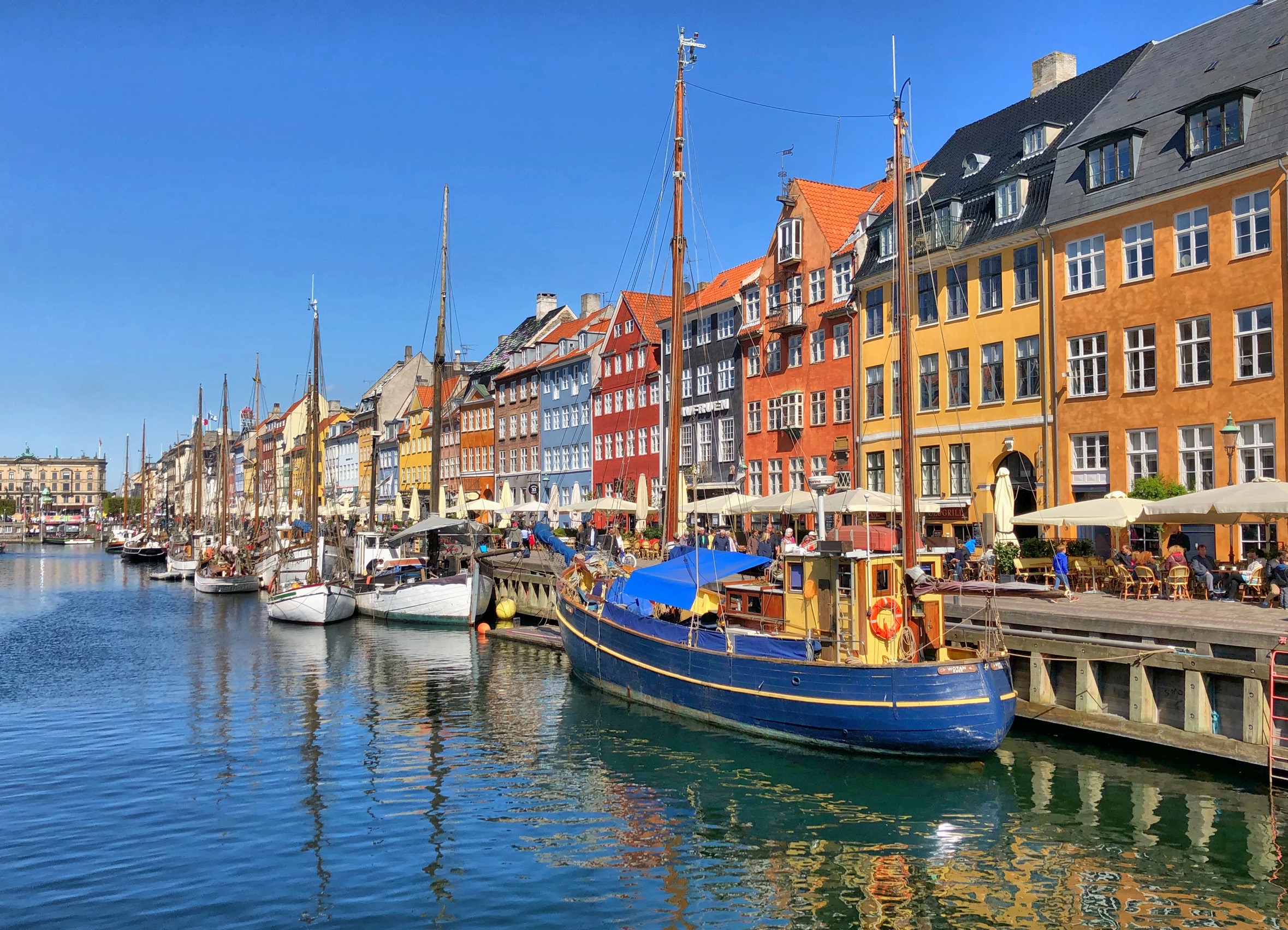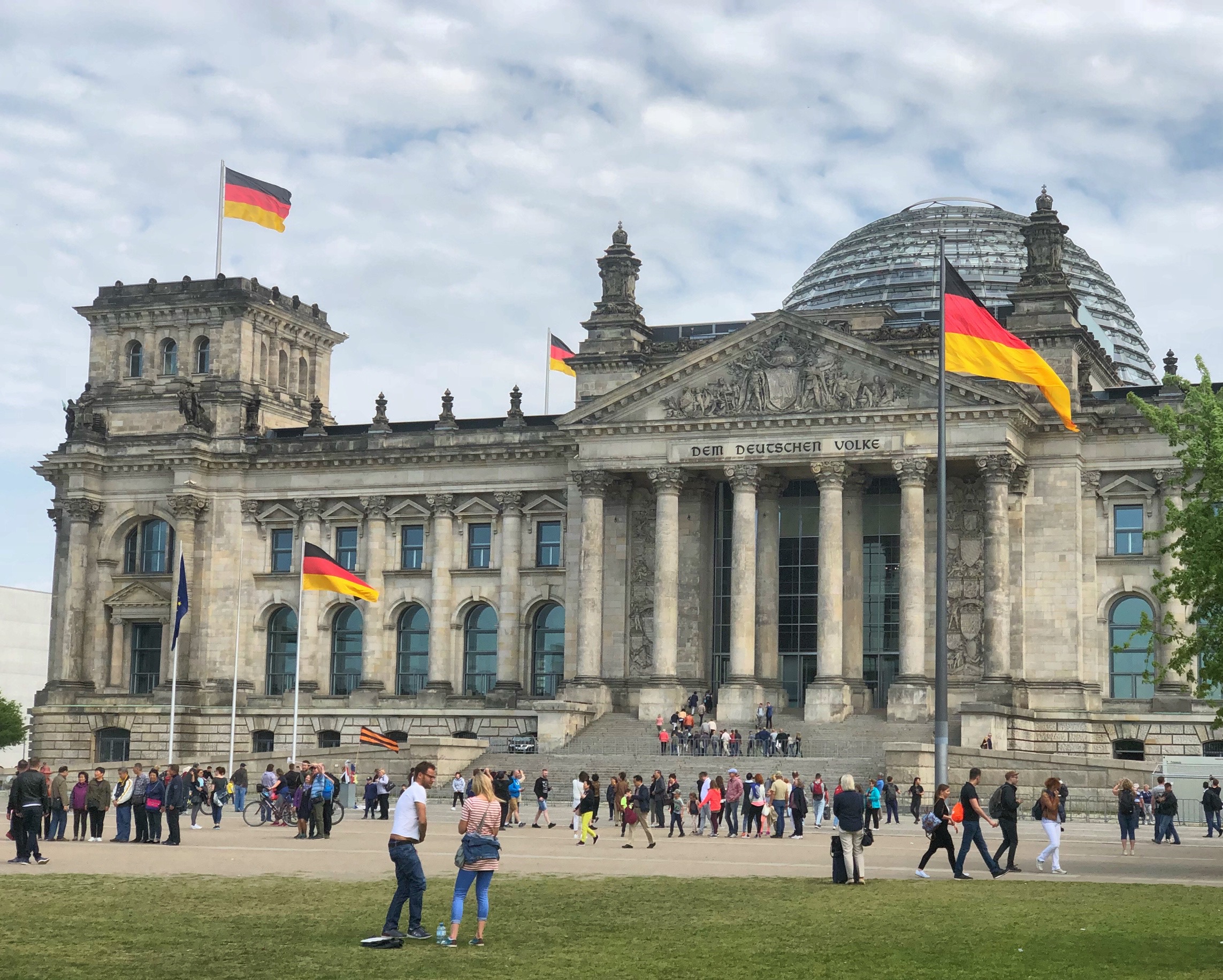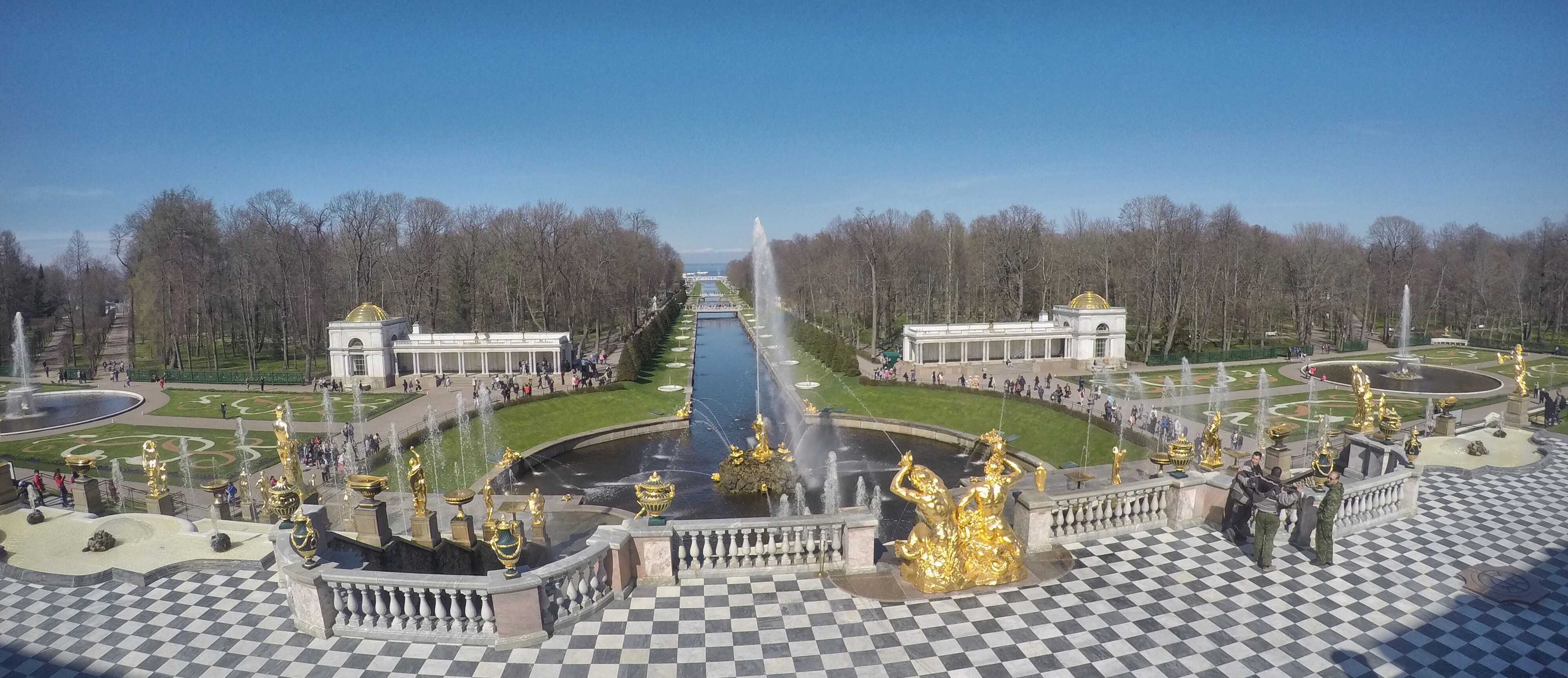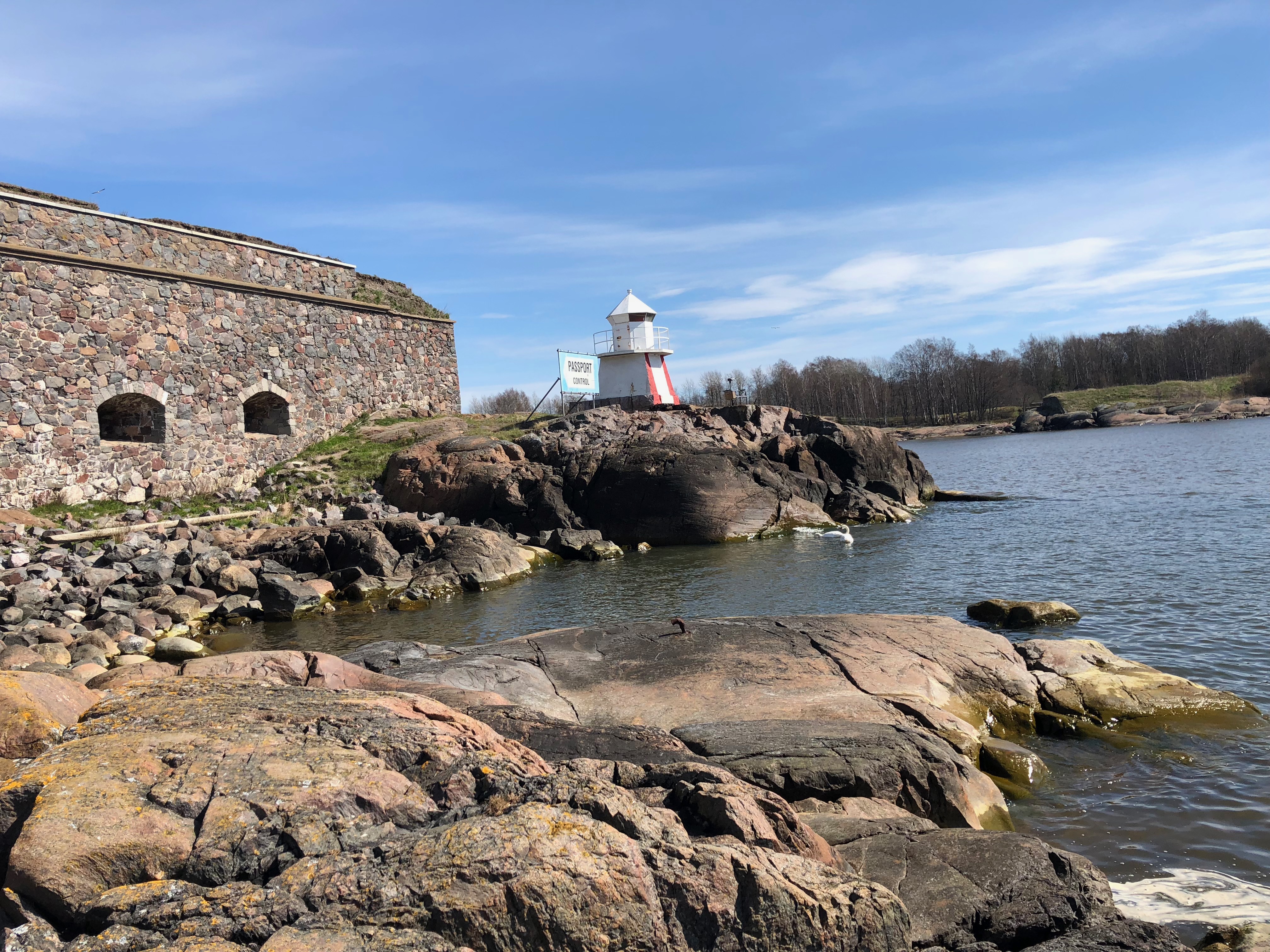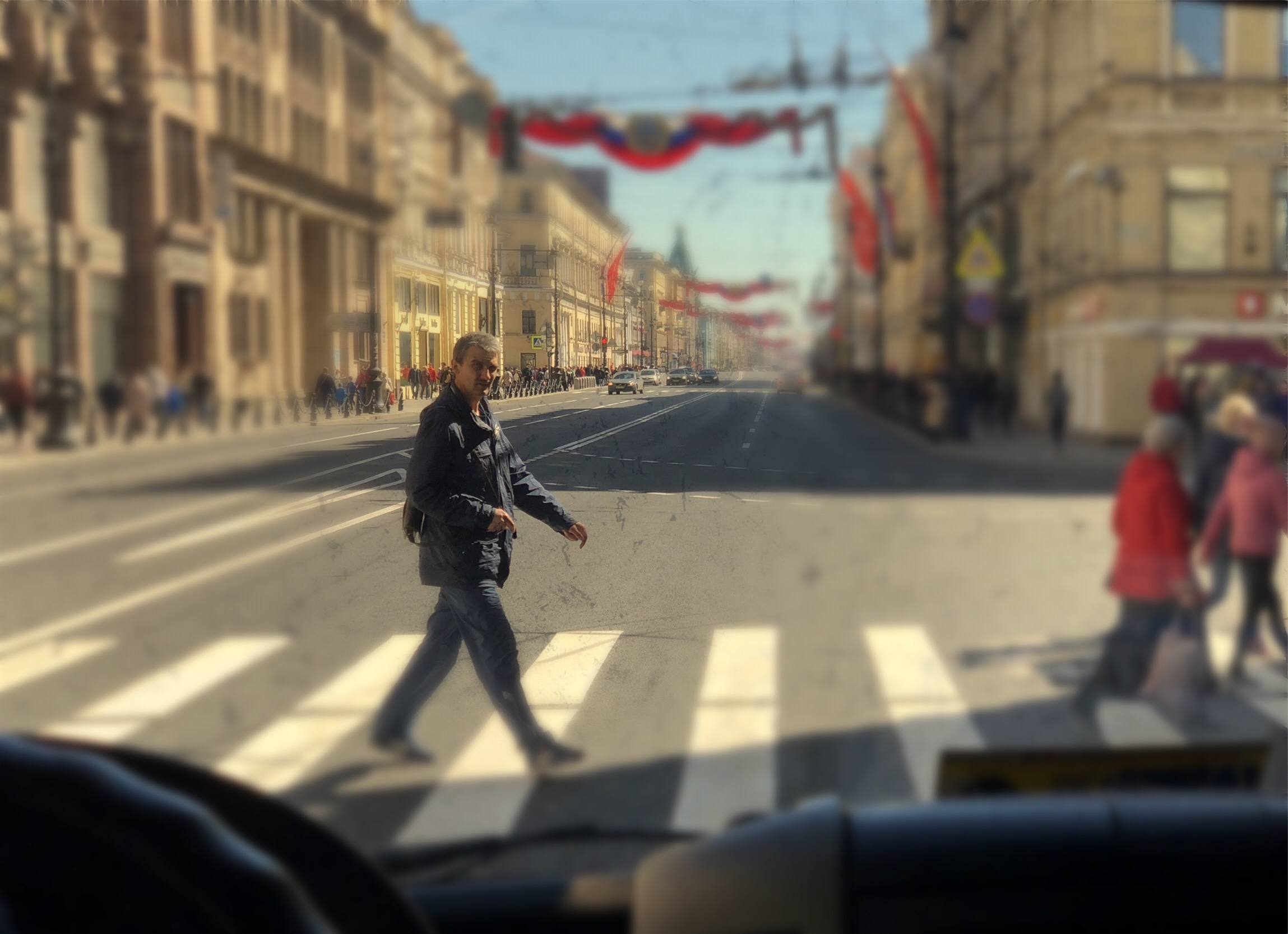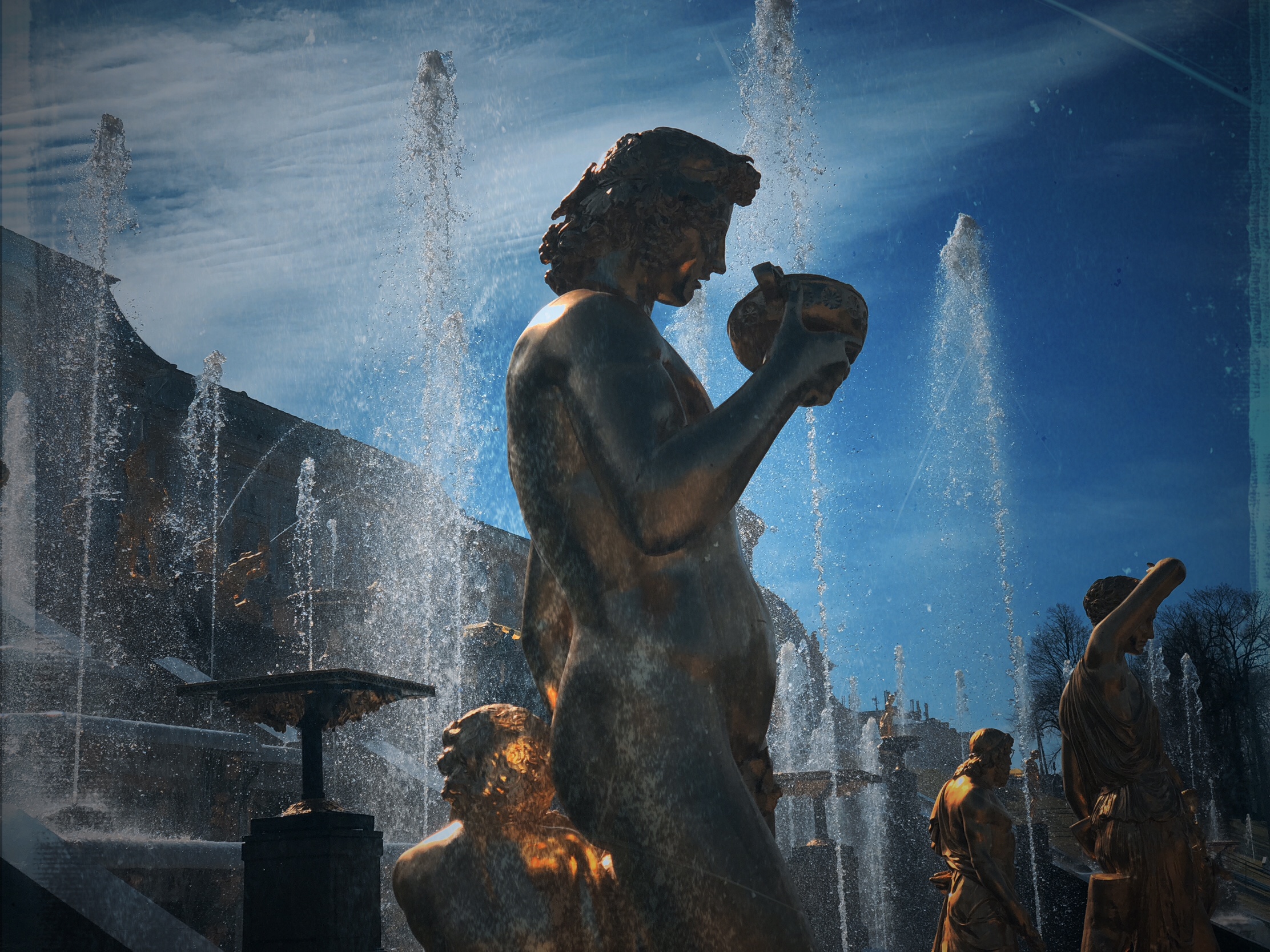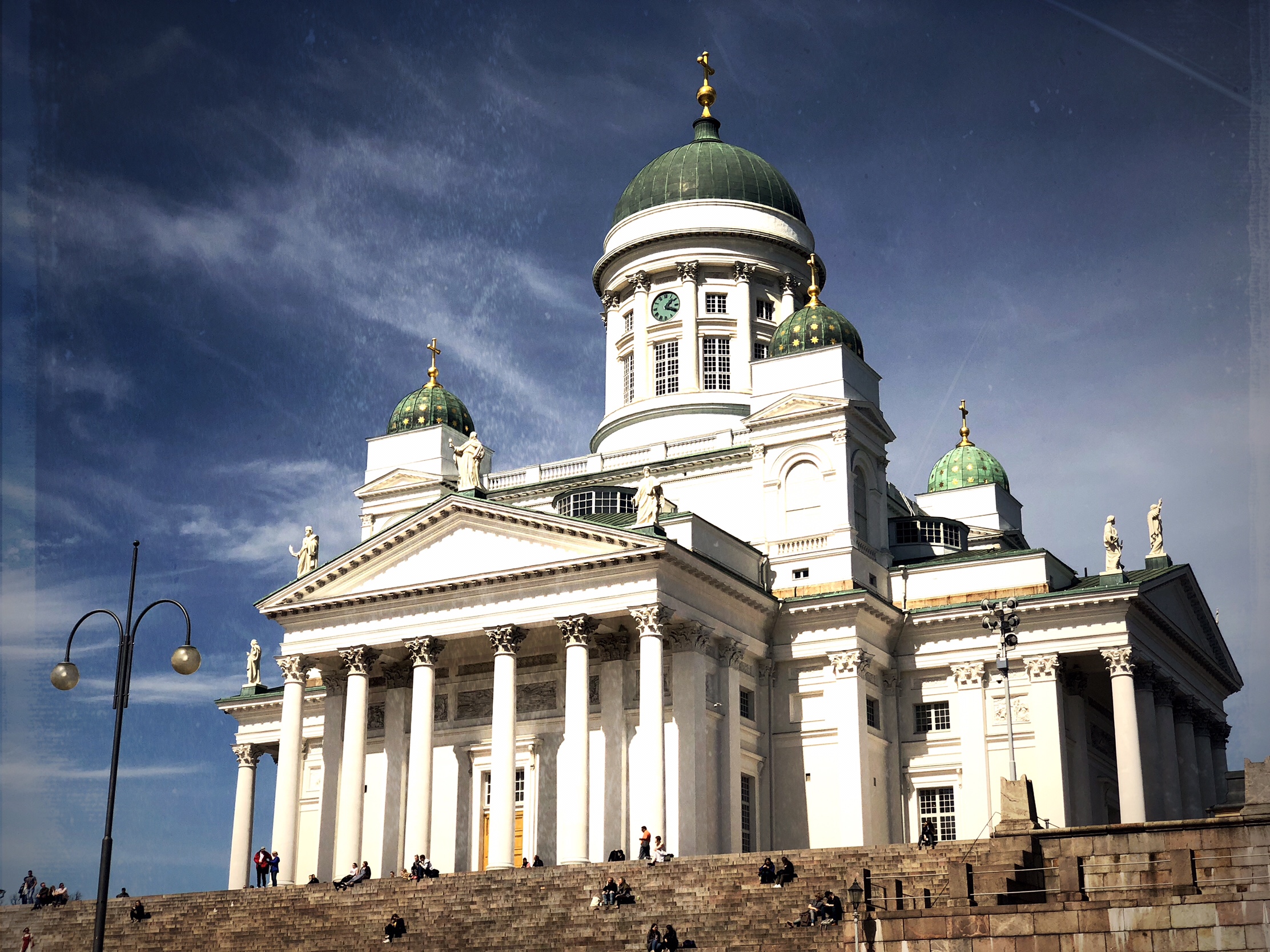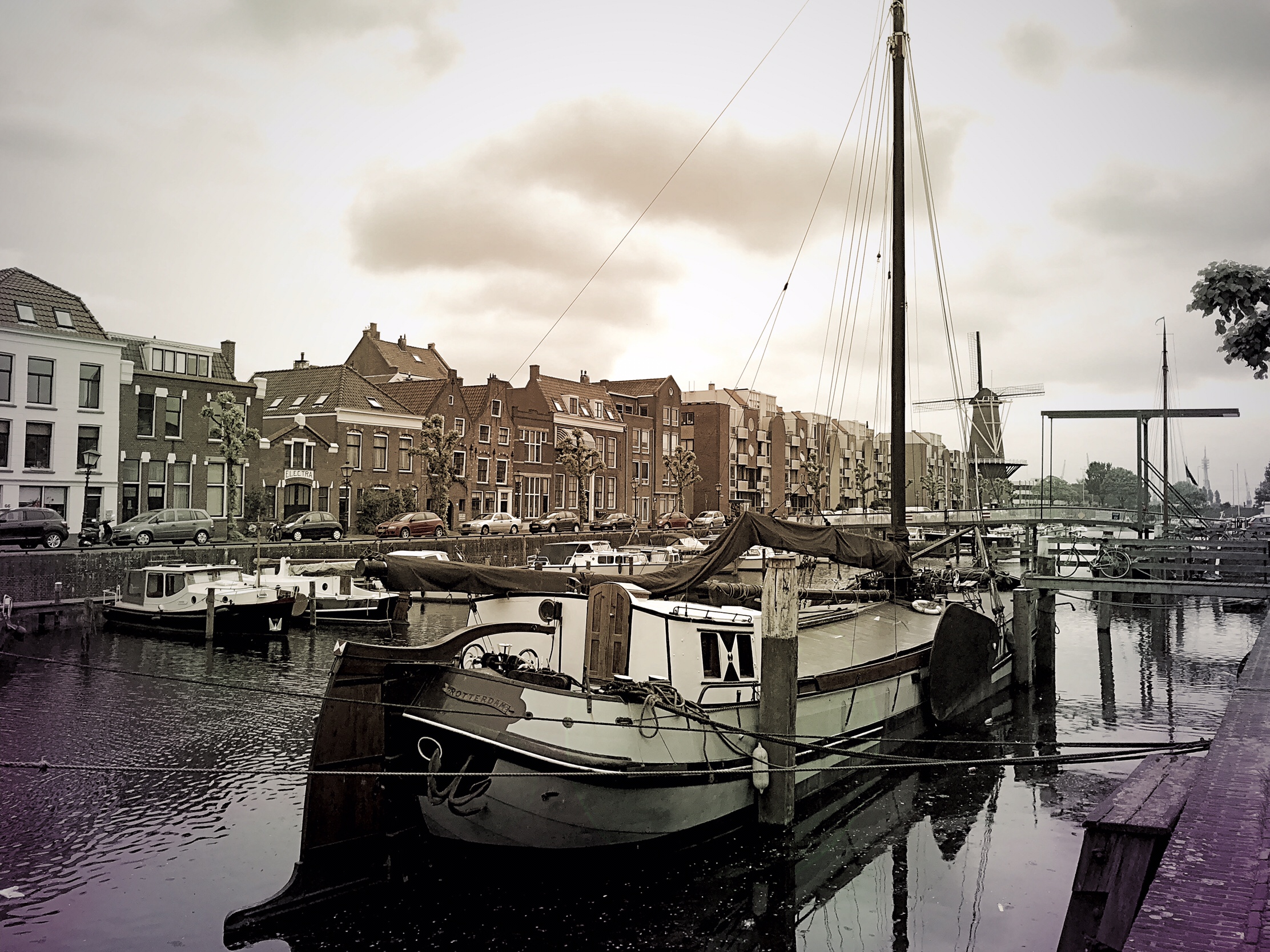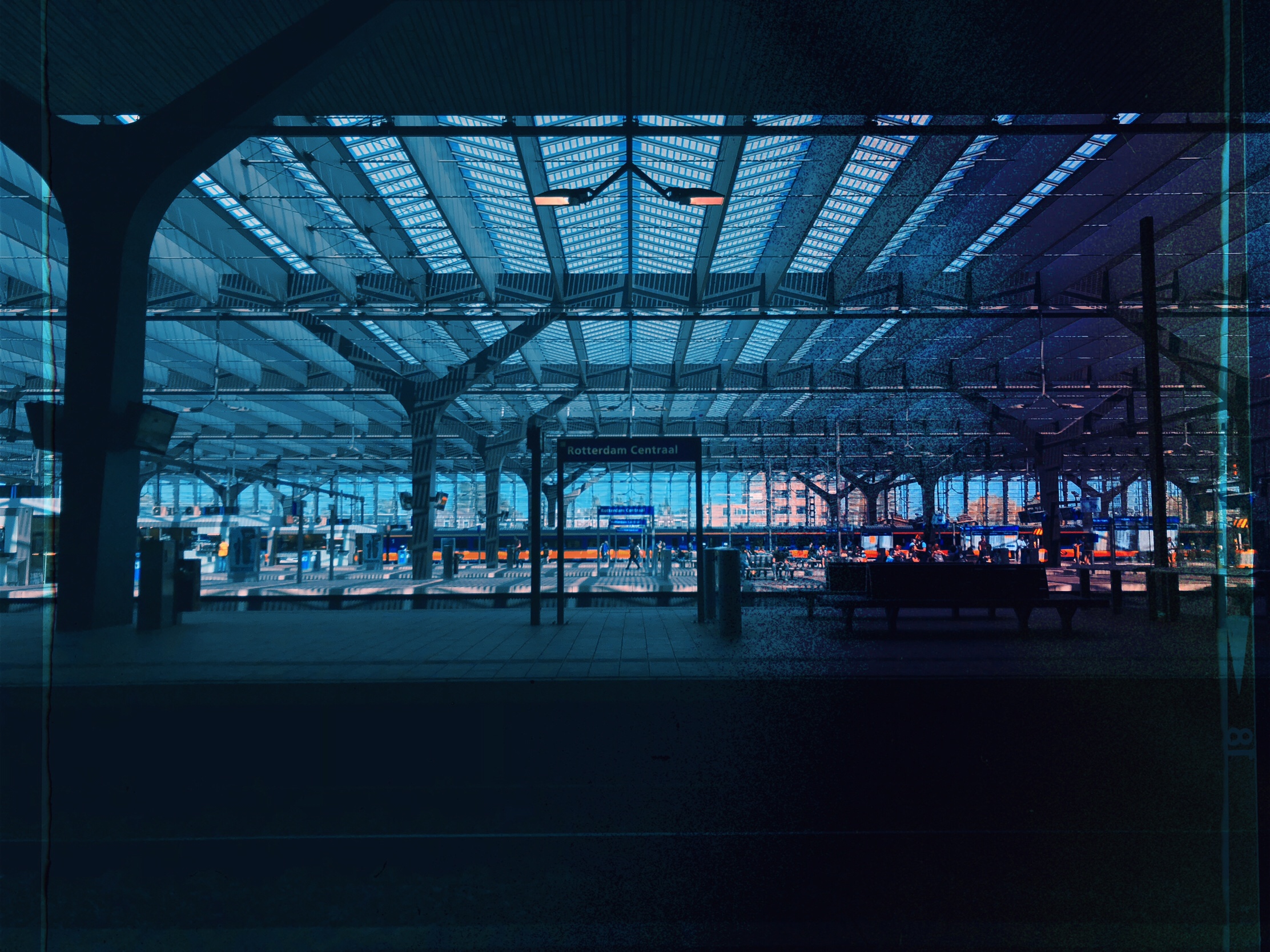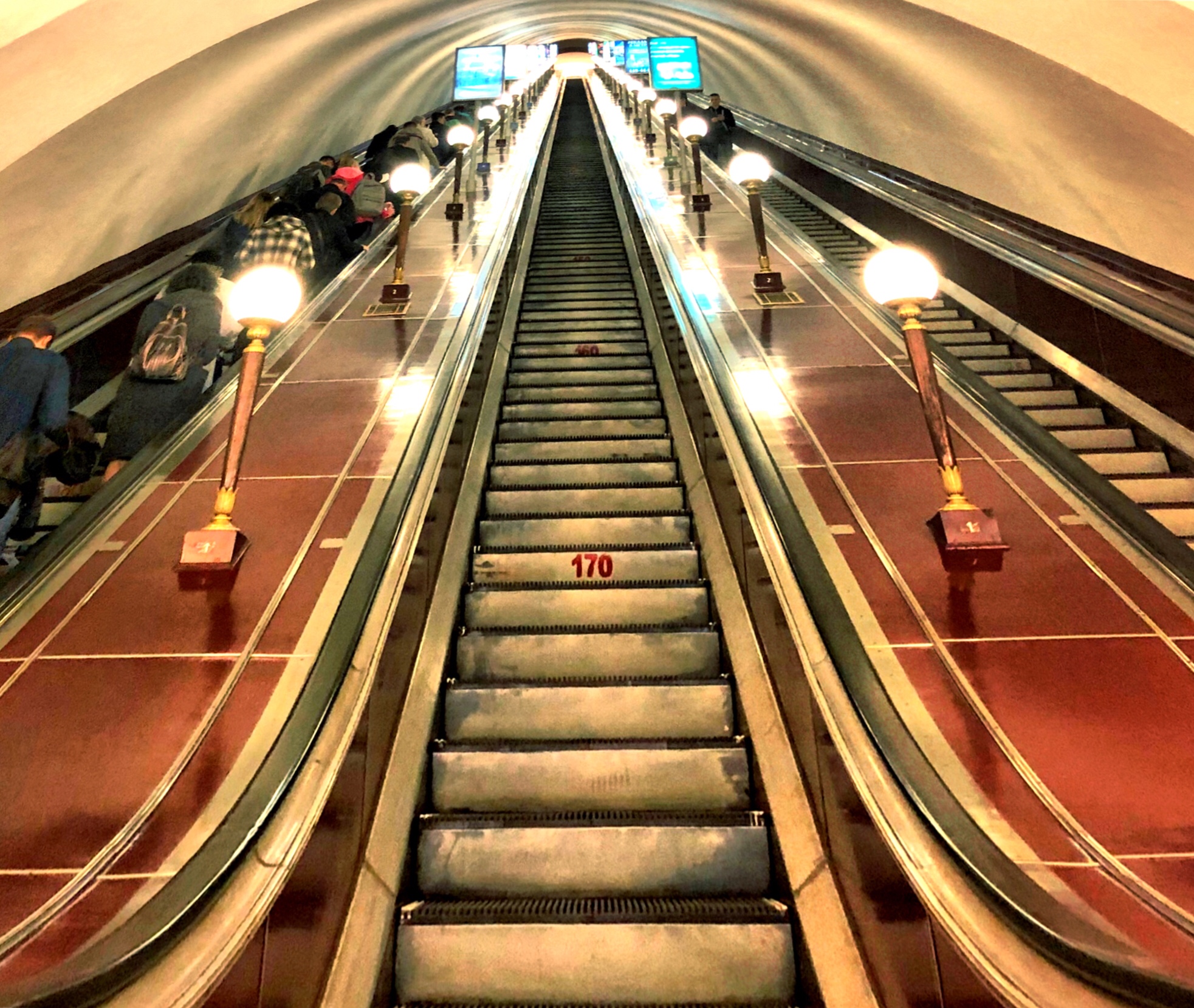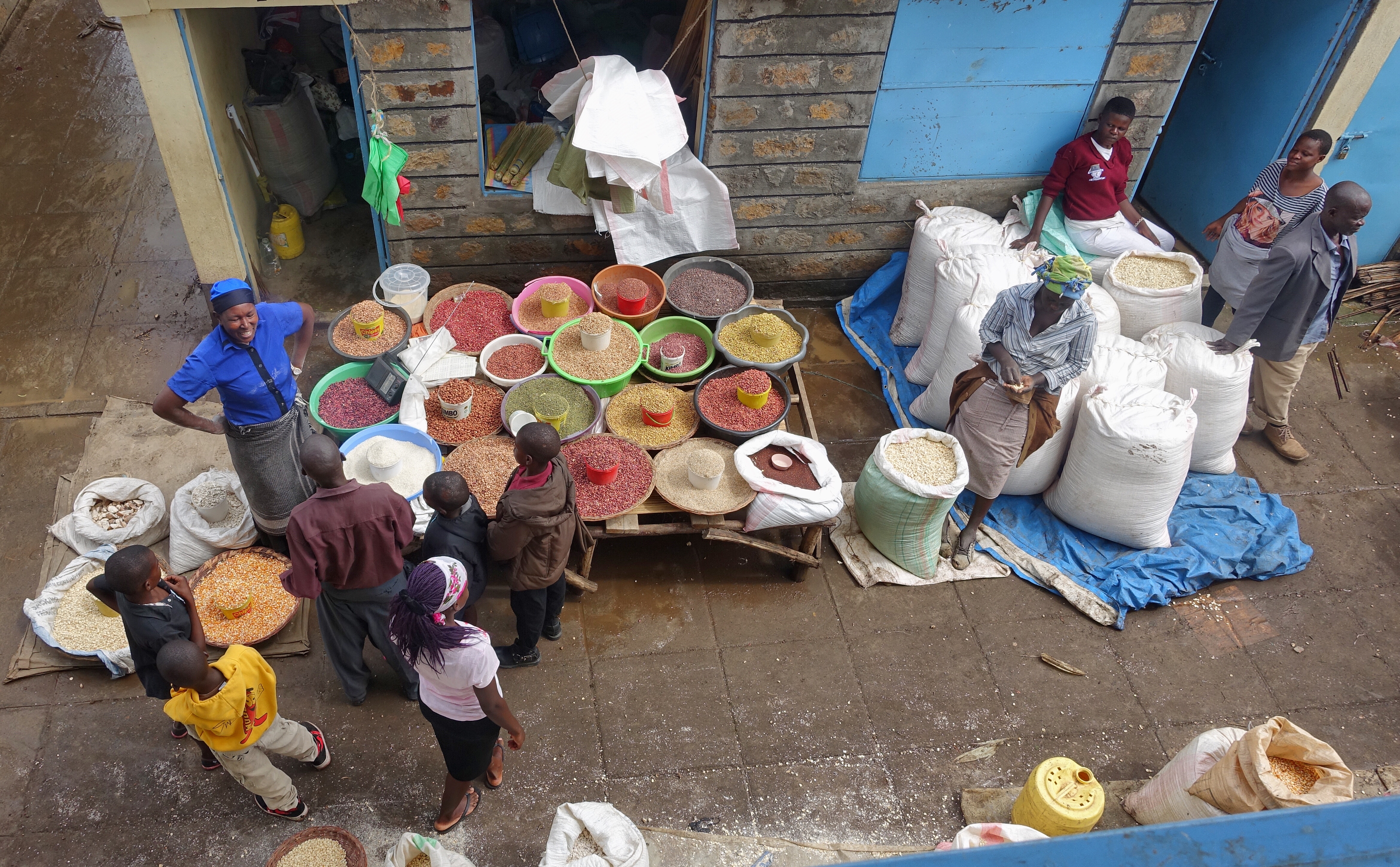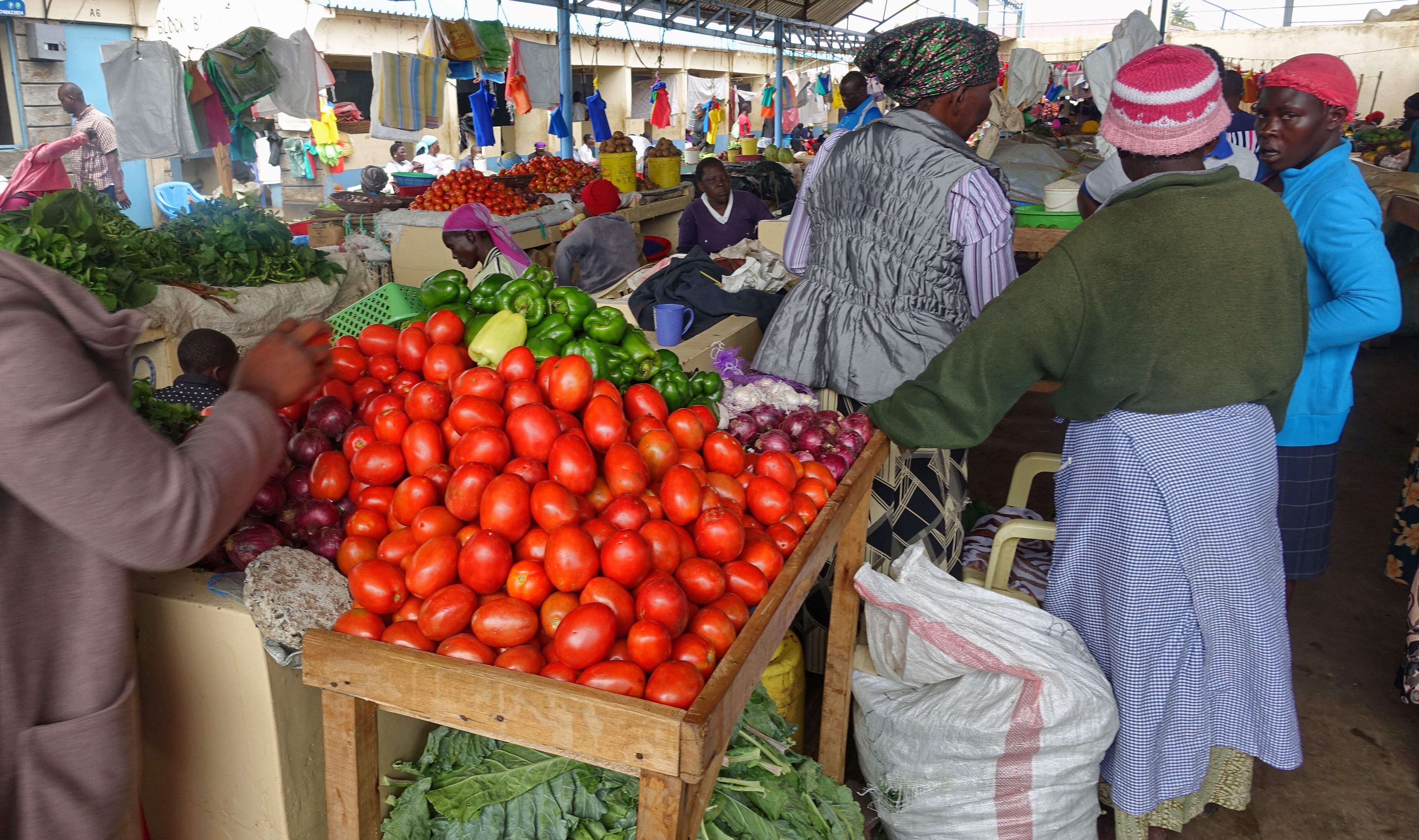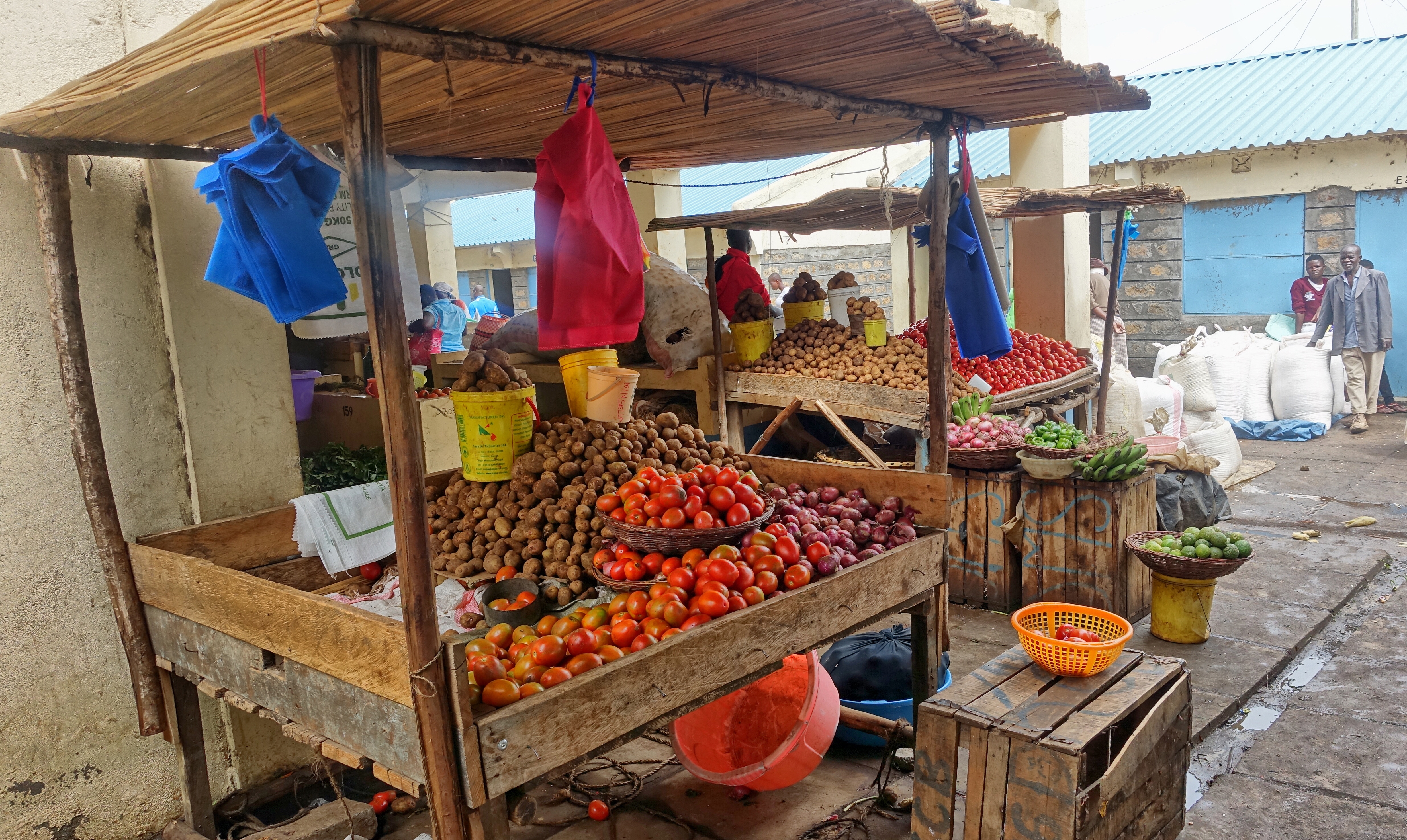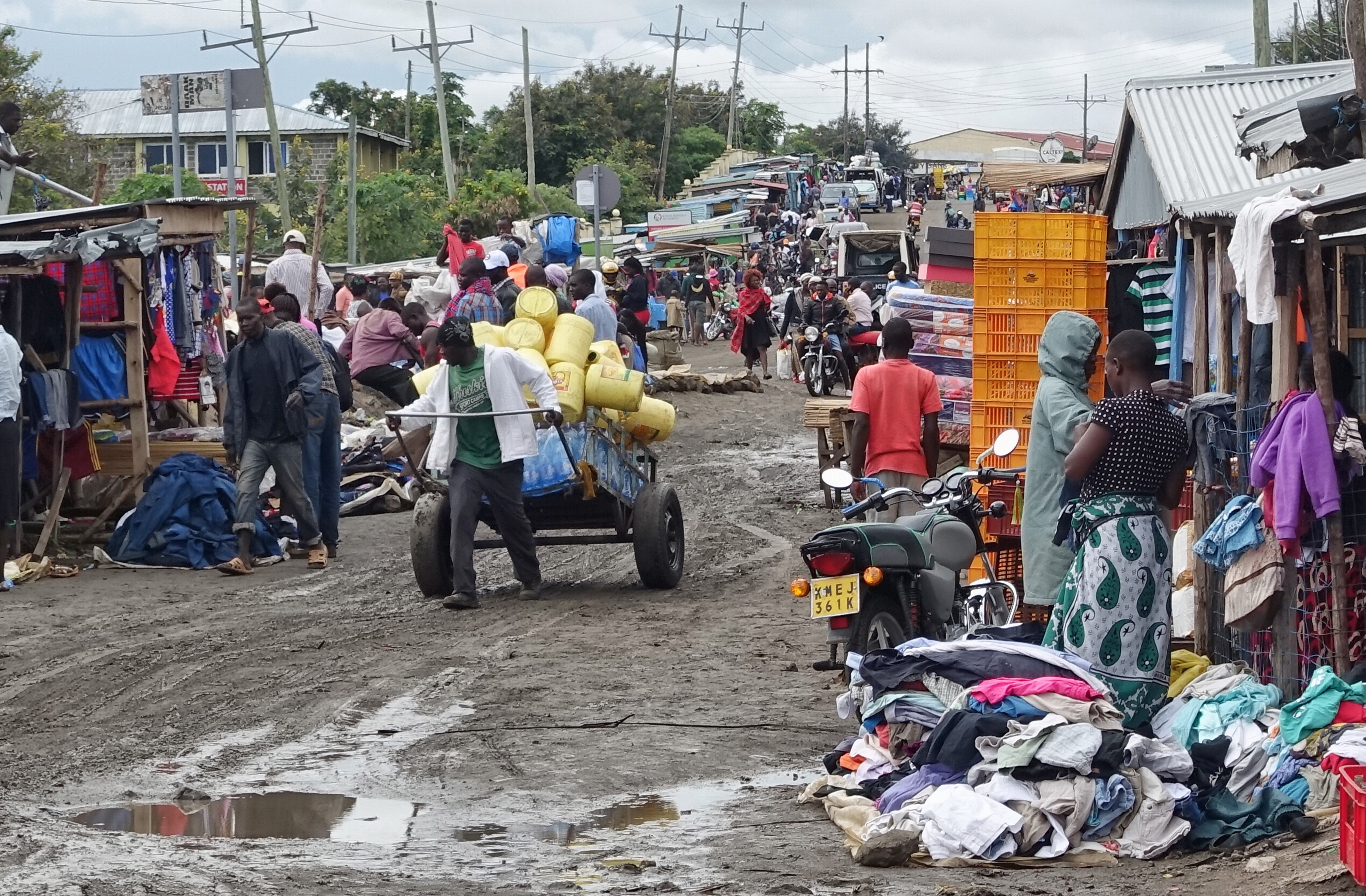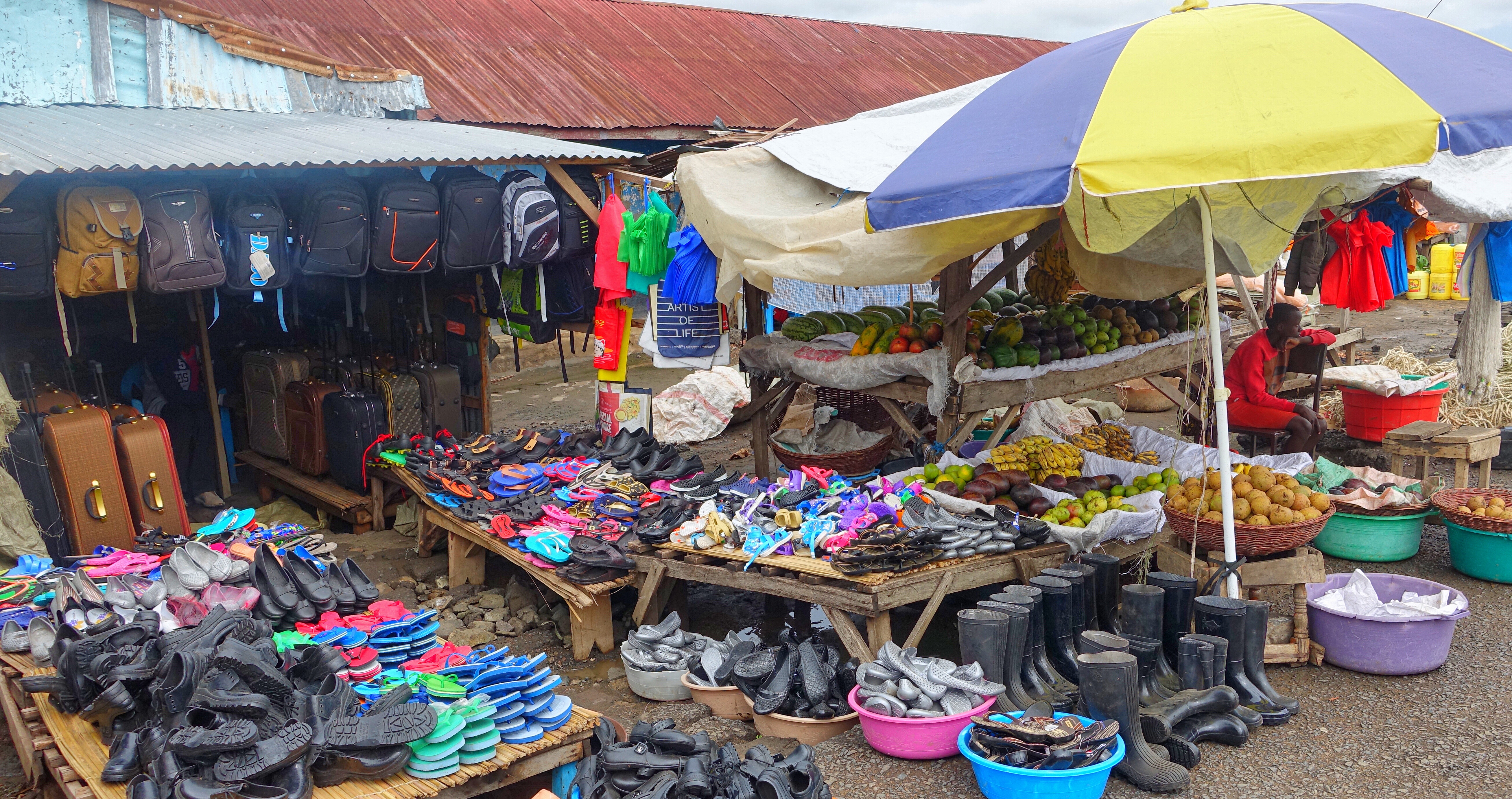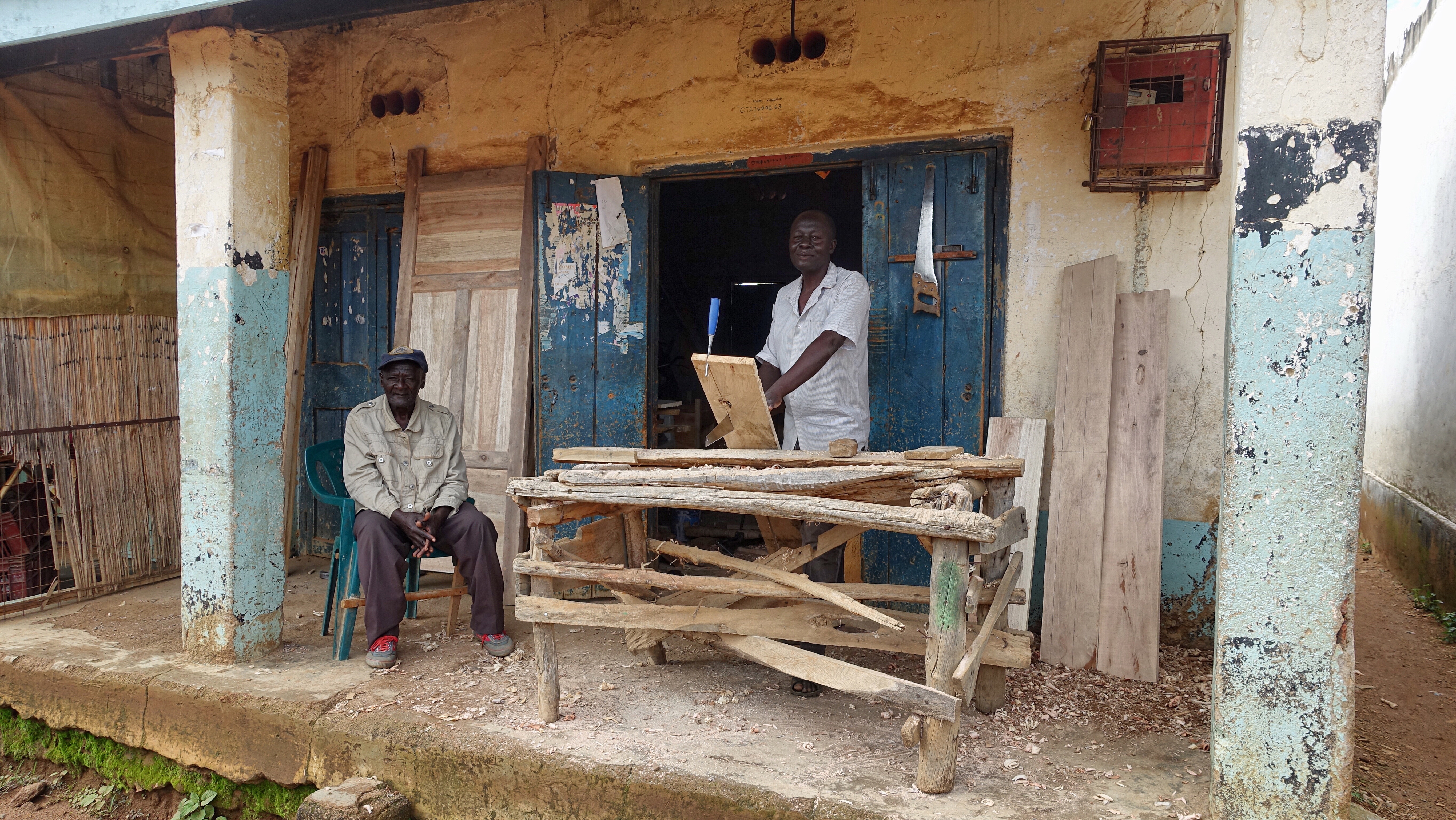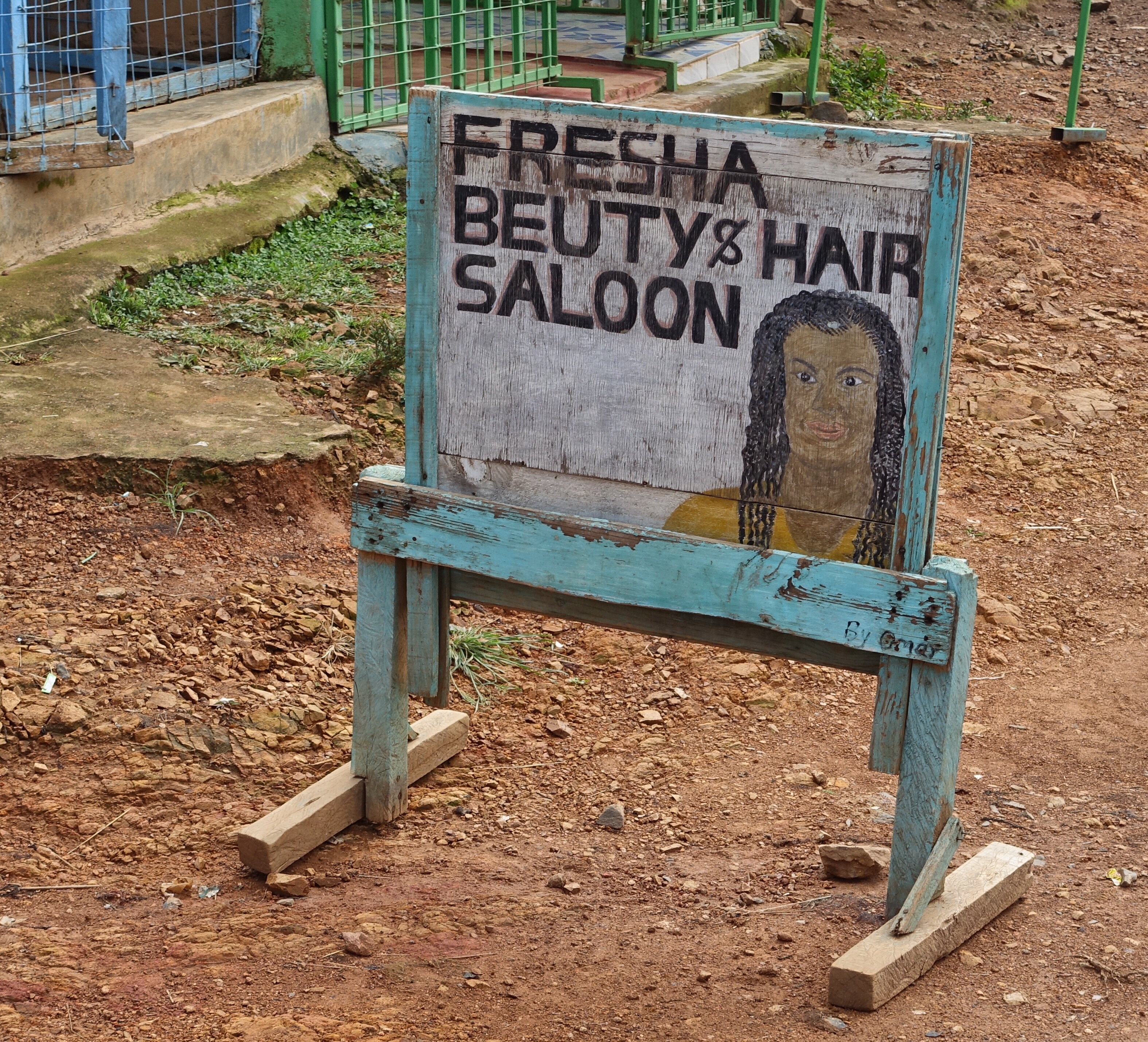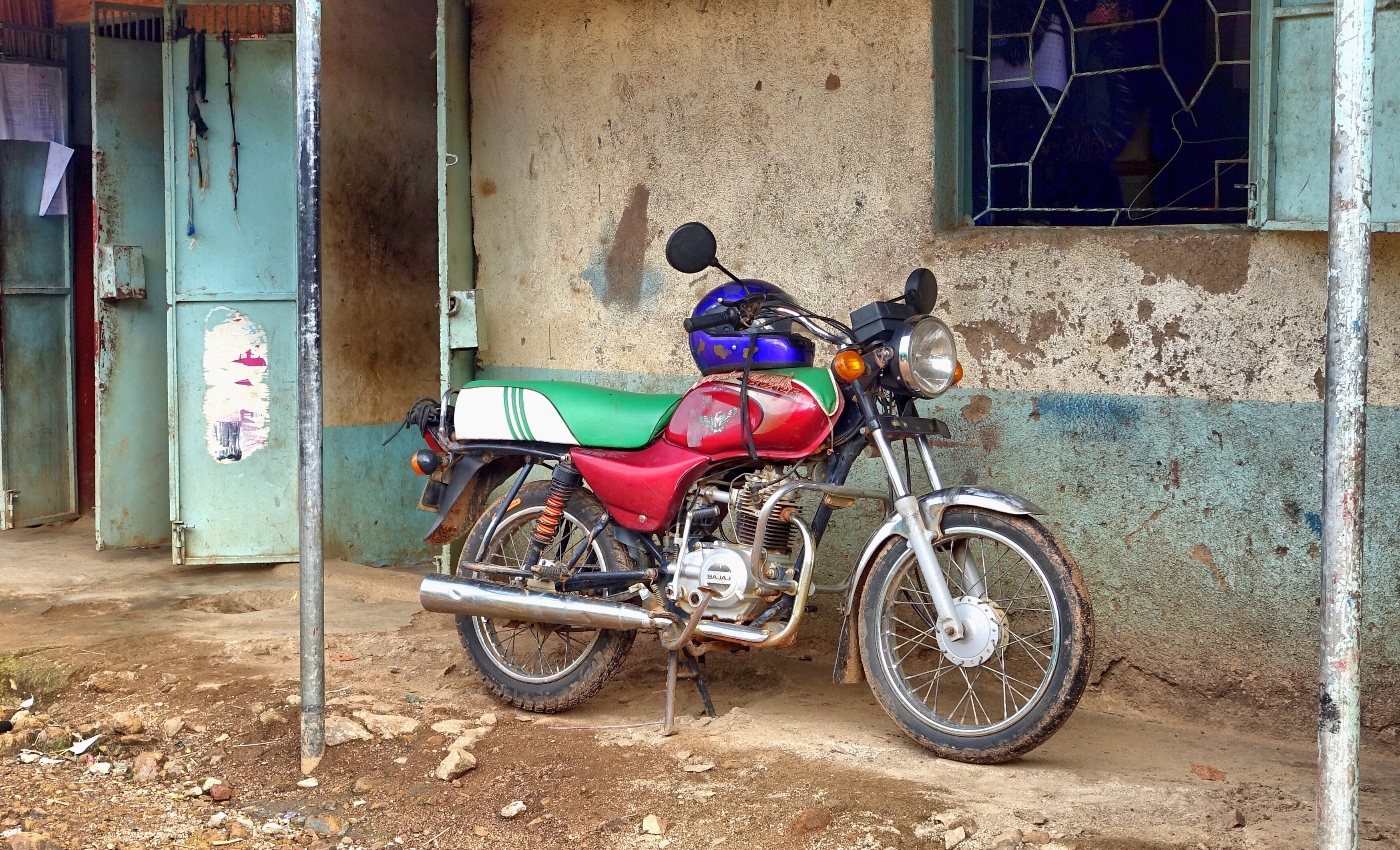Last week while visiting a school in Nyanza Province with Dan, I experienced a particularly touching moment.
Two schools, Nyangulu Secondary School the adjacent primary school, also called Nyangulu are in a valley (Nyangulu apparently means “a place of valleys”) that’s down a very bumpy road that gets partly washed out by the rain. It rivals a bumper-car ride at the fair to get there. The schools are virtually on the equator.
The secondary school looked orderly and well managed. We were there to bring greetings on behalf of the CanAssist Trustees and donors and to officially turn over a new 10,000 litre water tank that was already full to the brim because of the late afternoon rains we have received in the past week. While I had been visiting the district for the previous week, the mornings were often bright and sunny and hot and then, at about four, thunder rolled in the distance and brought a brief but torrential downpour. Then the skies cleared in about an hour.
The Nyangulu secondary school has about 700 students who all met outside during their morning break to receive our greetings. One of the girls thanked CanAssist for their contributions to the school. She requested that CanAssist help next with some kitchen improvements. After the assembly, Dan and I strolled over to see where three cooks work to provide two meals a day for the 700 pupils. It was a tiny smokey shack with a couple of huge pots and a lean-to beside it with another open fire. It was unimaginable that they could provide food daily from this environment for all of these kids.
Then we walked next door to the primary school where another water tank had just been installed. Once again we were greeted by staff and students and I went from classroom to classroom to say hello. In once class they sang for me.
As we were about to leave, we were directed to a group of very young students under a tree by the primary classes who wanted to greet me with a couple of poems.
One of the poems was about being a Good Samaritan and thanking CanAssist for the contributions made to the school.
“A Good Samaritan becomes a good neighbor. A neighbour is anyone in need. We were in need of hand-washing containers, latrines, storybooks, balls for play and fresh water to drink. CanAssist was there for us. You provided all these. You are our Good Samaritan, a wonderful partner. God bless you and thank you.”
I found this very touching. I told them that I remembered a stained glass window depiction of the Good Samaritan in New St James Church in London, Ontario beside the pew where my family usually sat when I was a their age. I probably spent a lot of time looking up at that colorful window and daydreaming during the sermon.

I realized as I heard these kids and thought about this childhood memory of the Good Samaritan window that the message of that parable must have had an influence on me in choosing both my vocation as a physician and the development work that I have done over the years. I reflected on what a privilege it has been for me to be able to work with communities in East Africa, to meet so many friends there and to have unique interactions with them. My life has been incredibly enriched by these experiences. Hearing the children recite this little poem triggered a surprisingly emotional response in me as and will be a moment that I will long remember.
NOTE: This post has a video image. If you are reading the post on an email you must click on the title of the post to be taken to the WordPress site where the video can be streamed.

